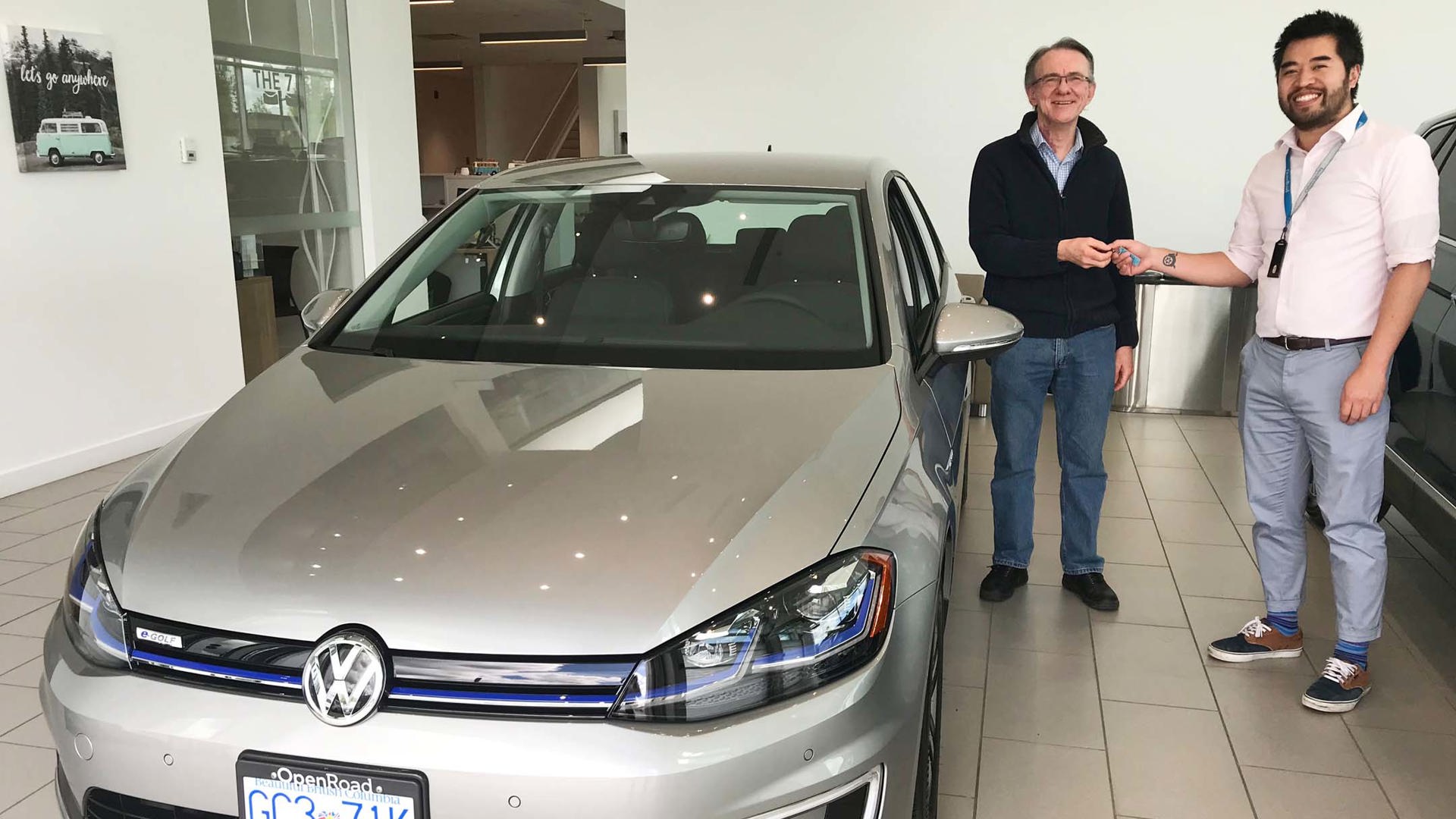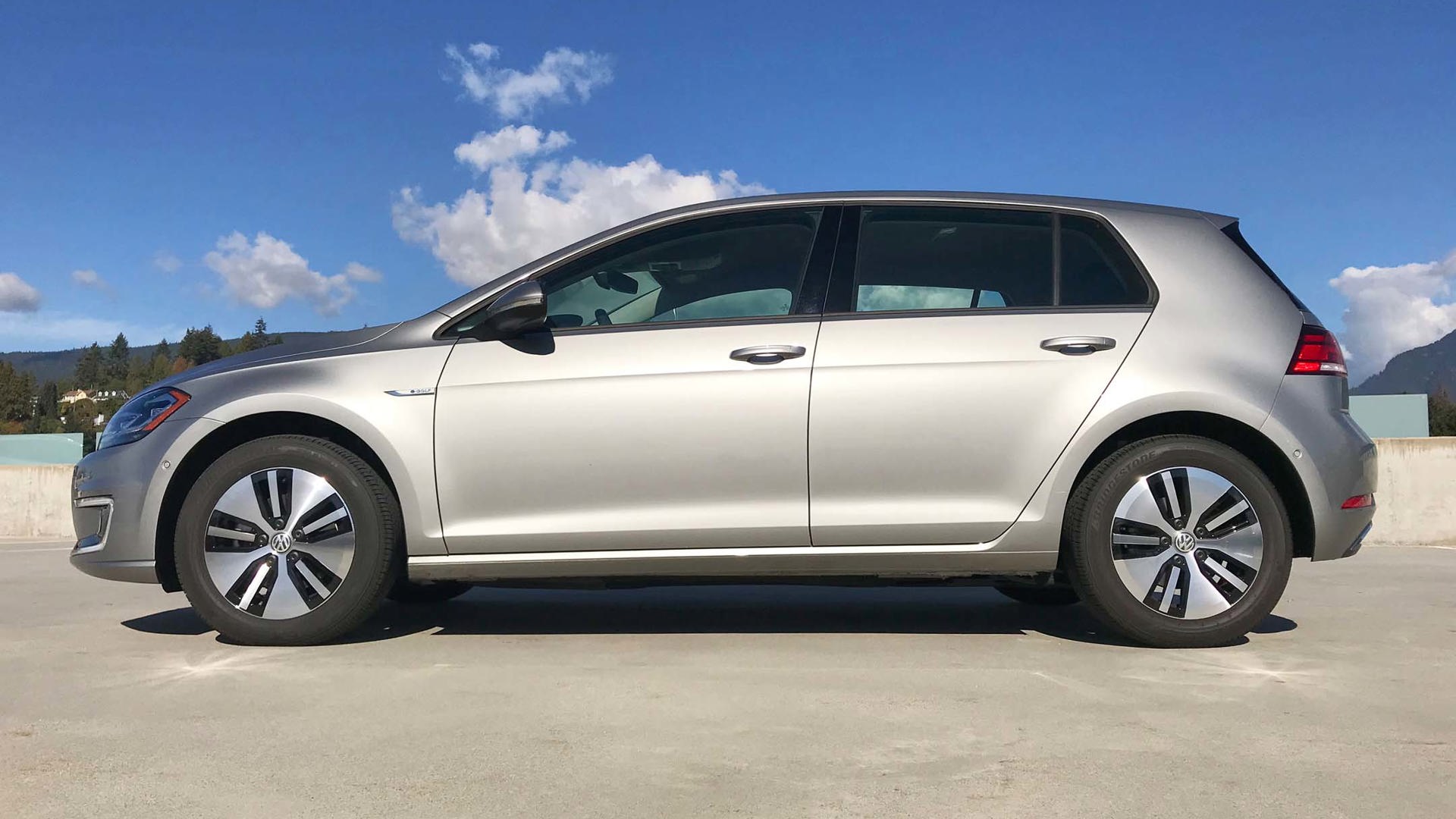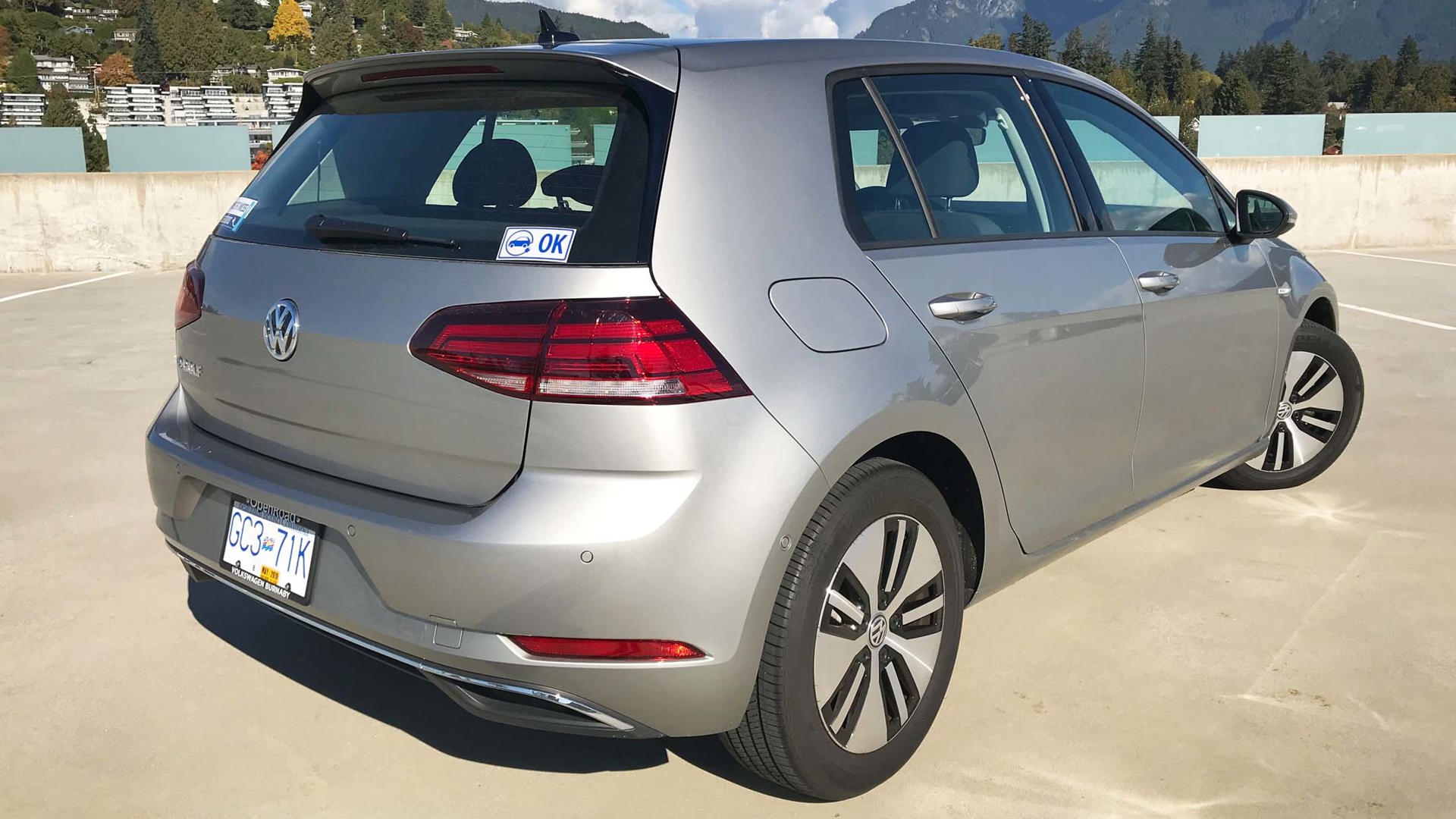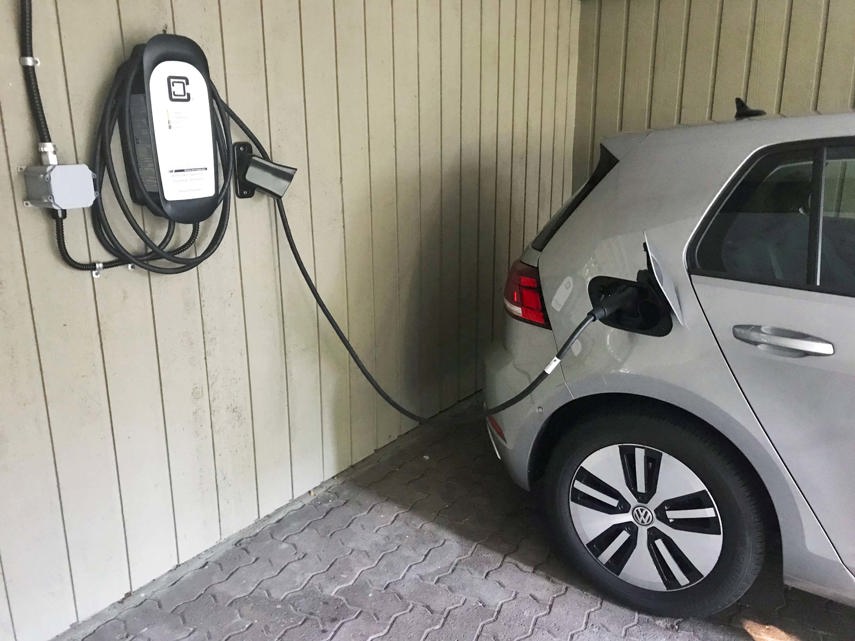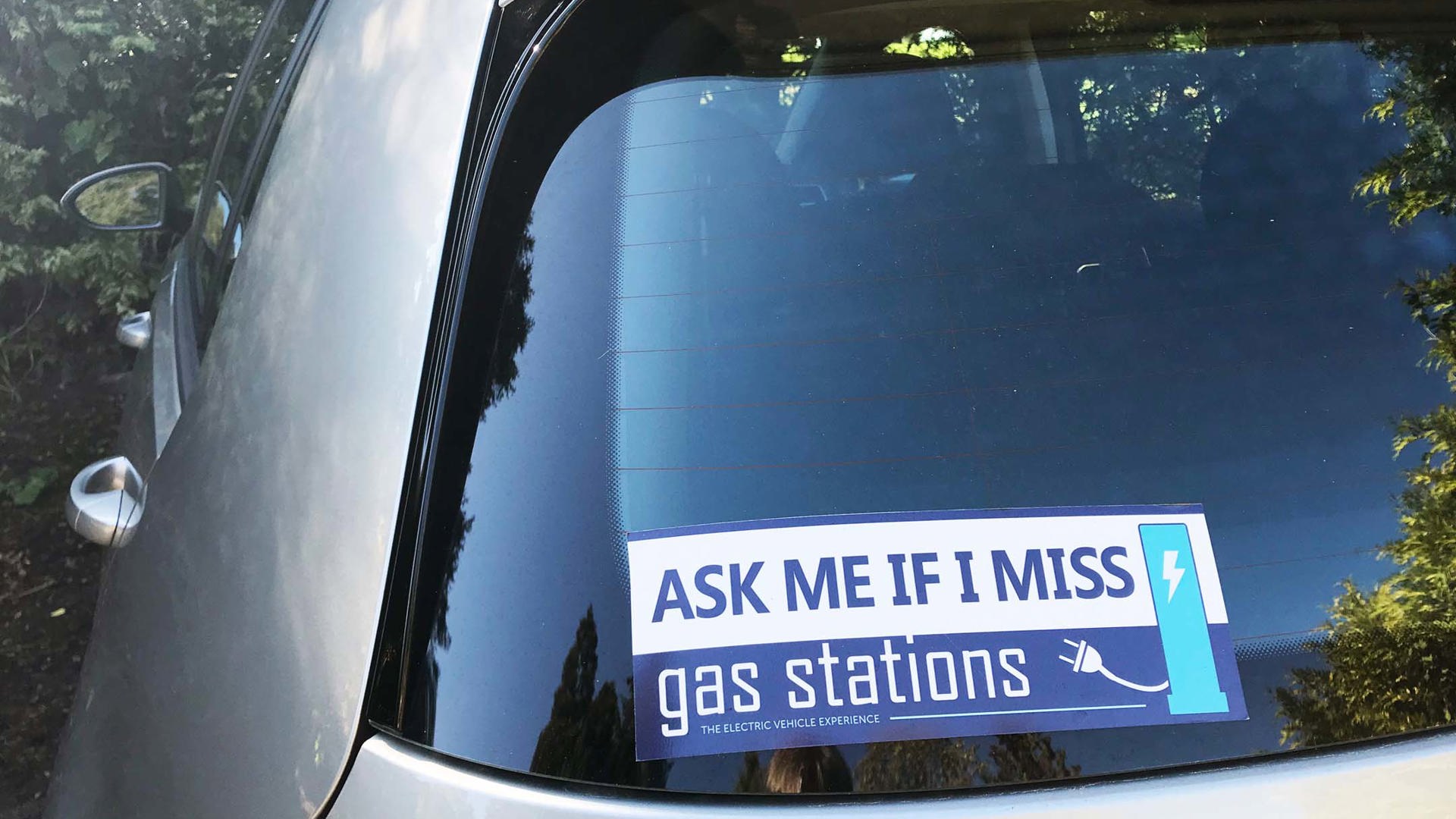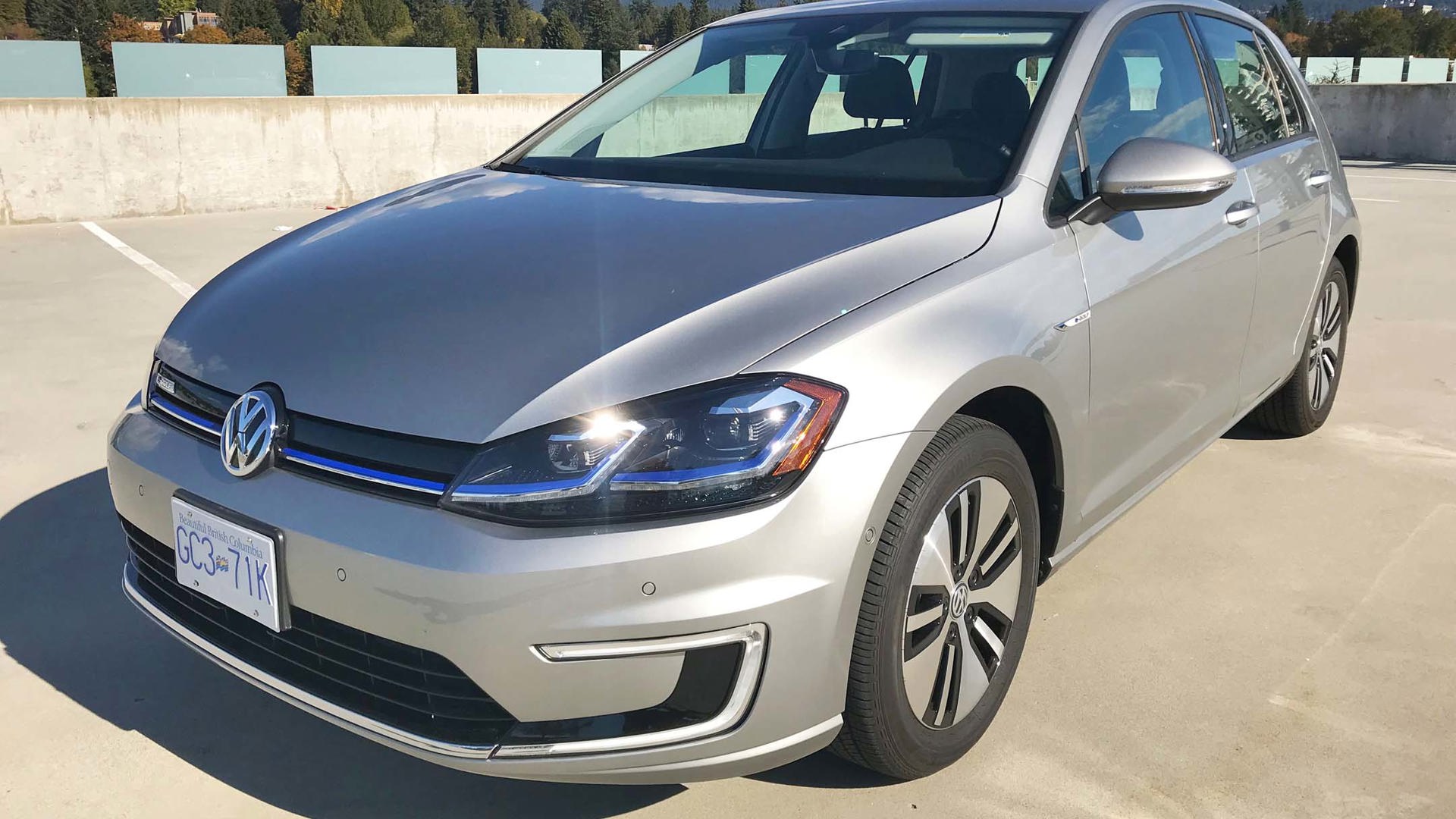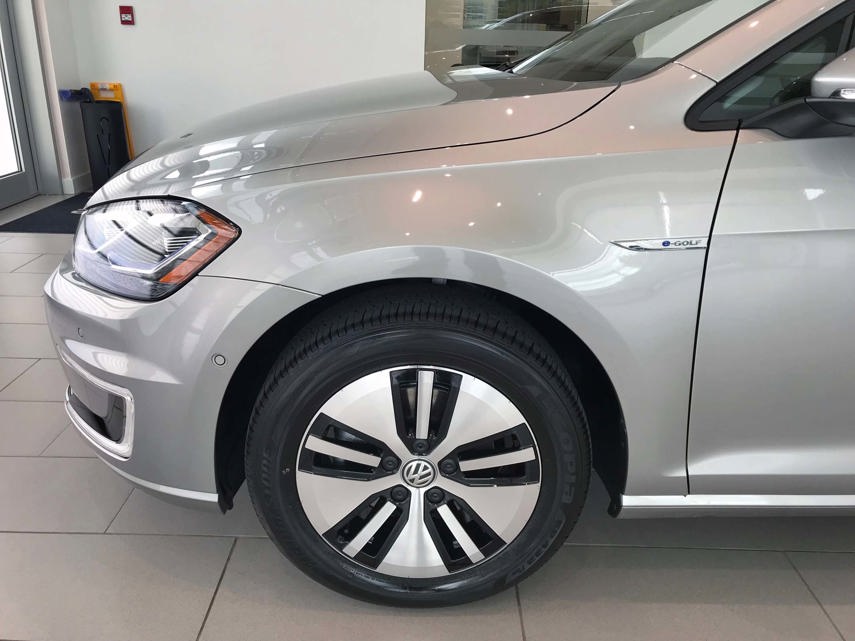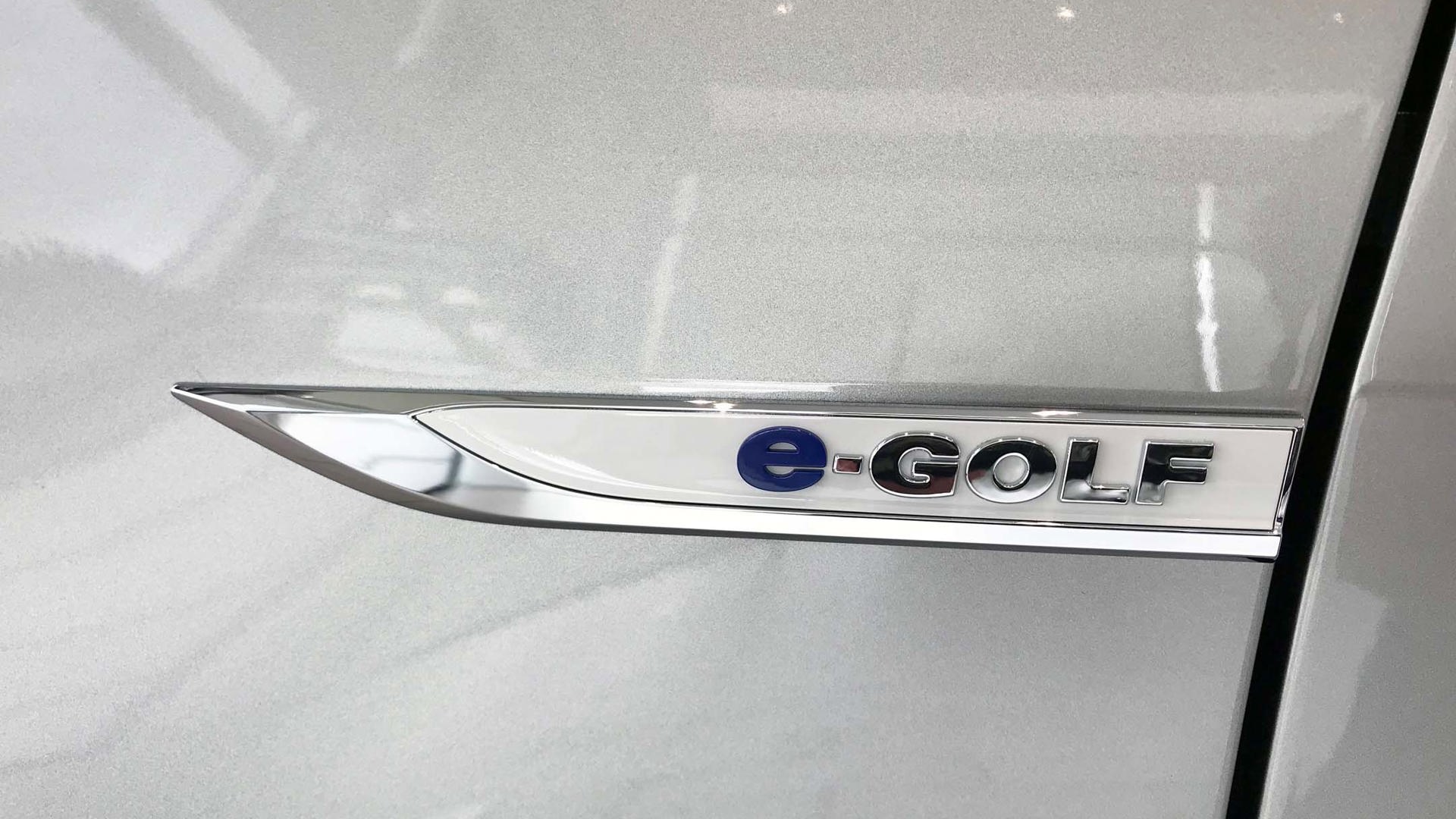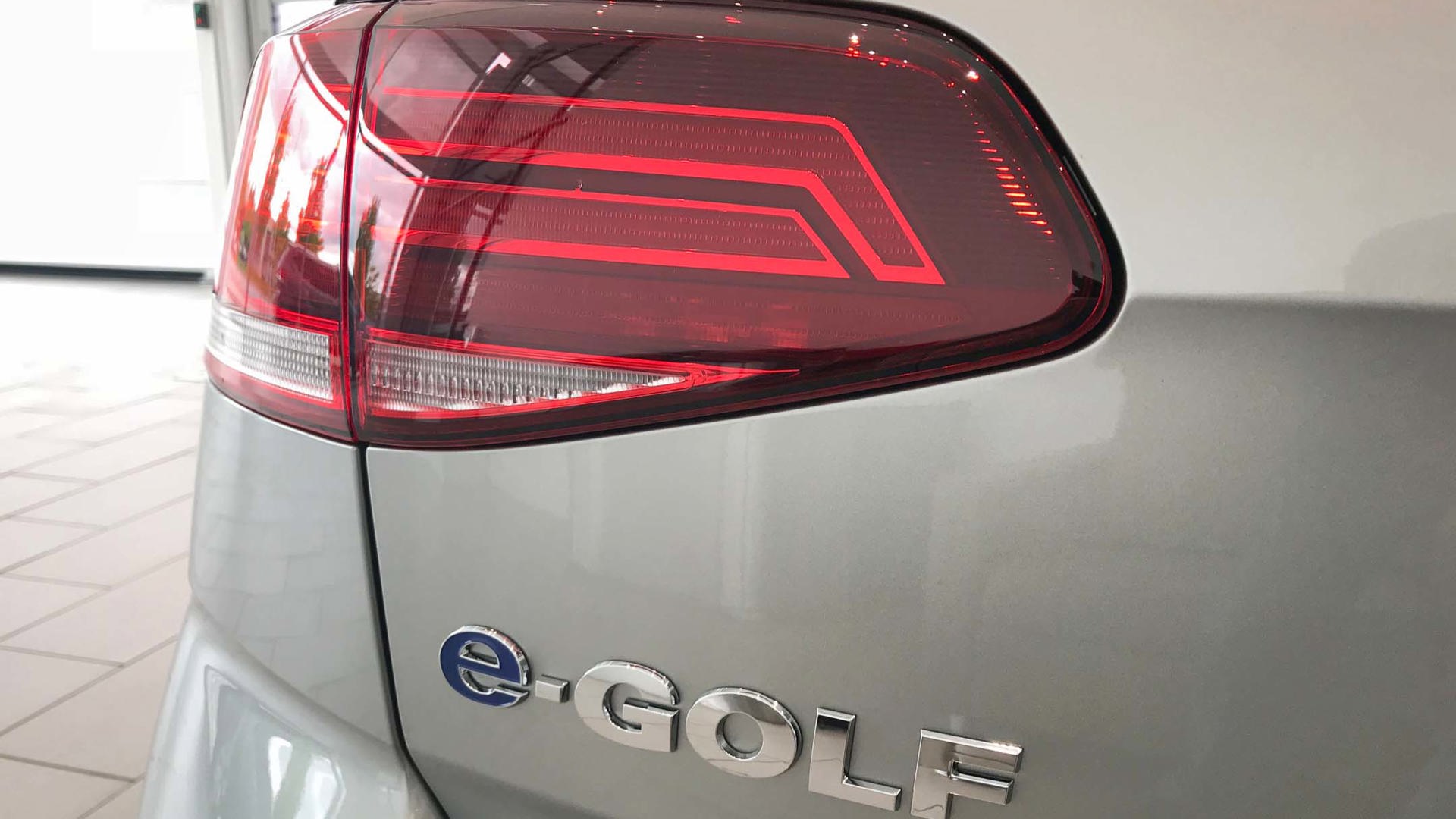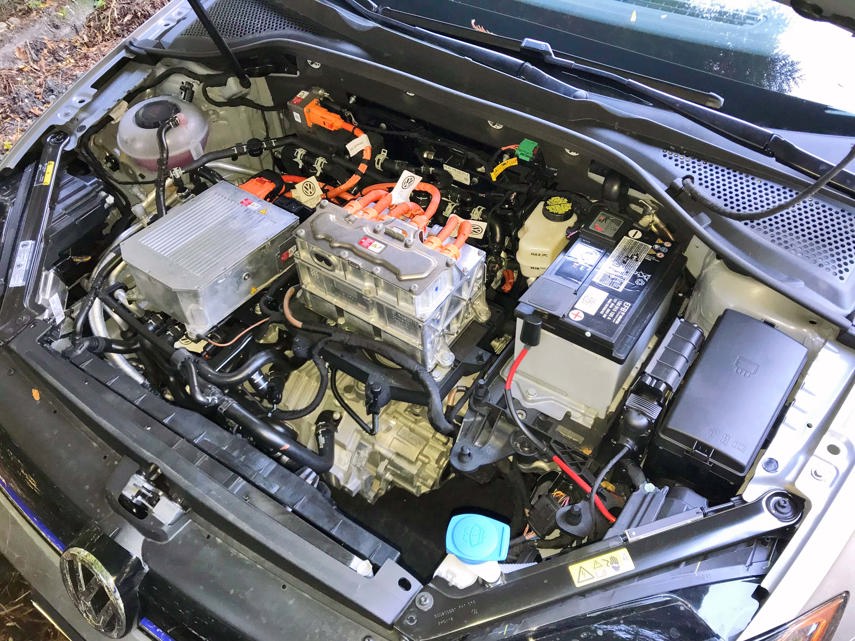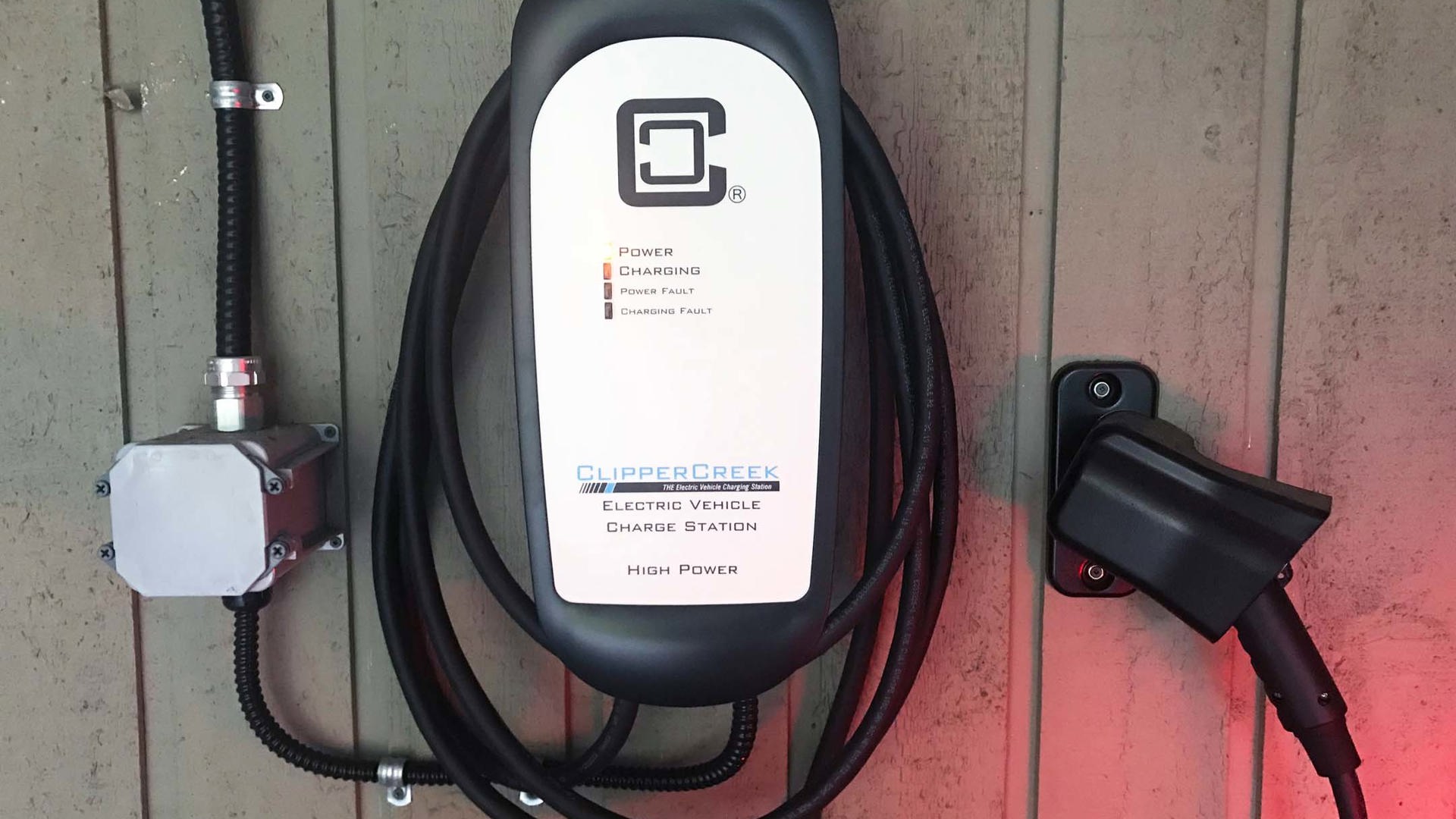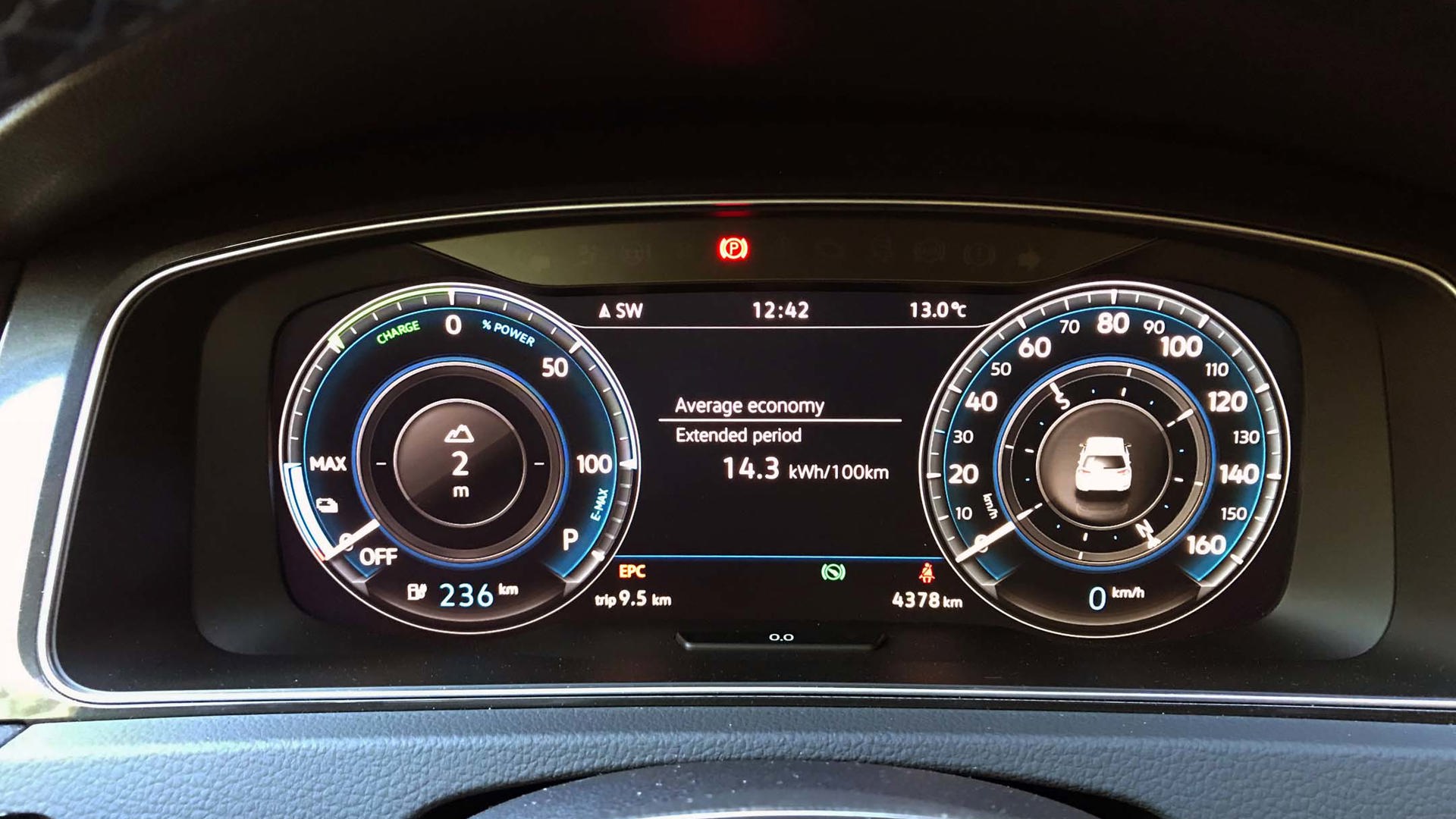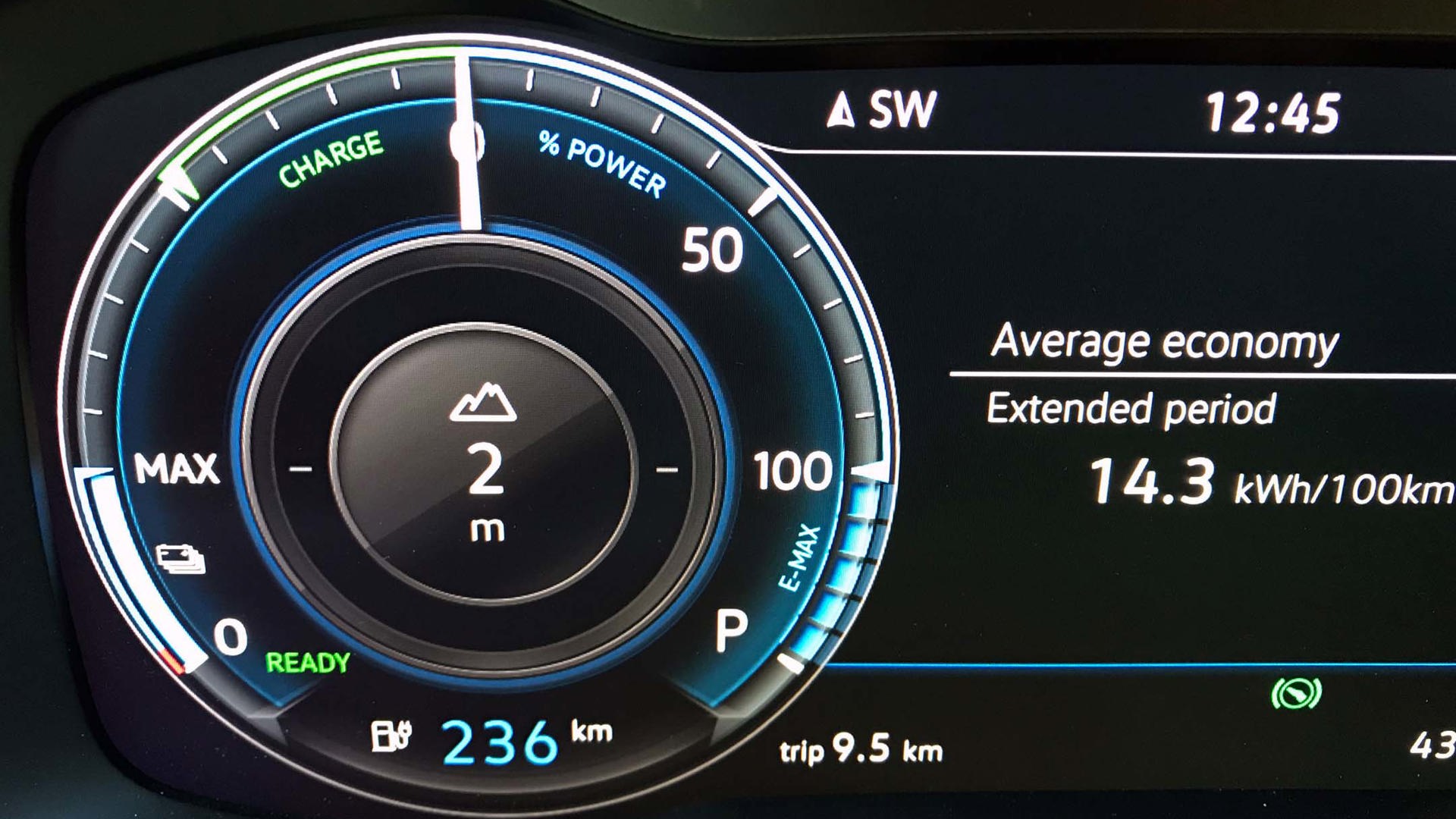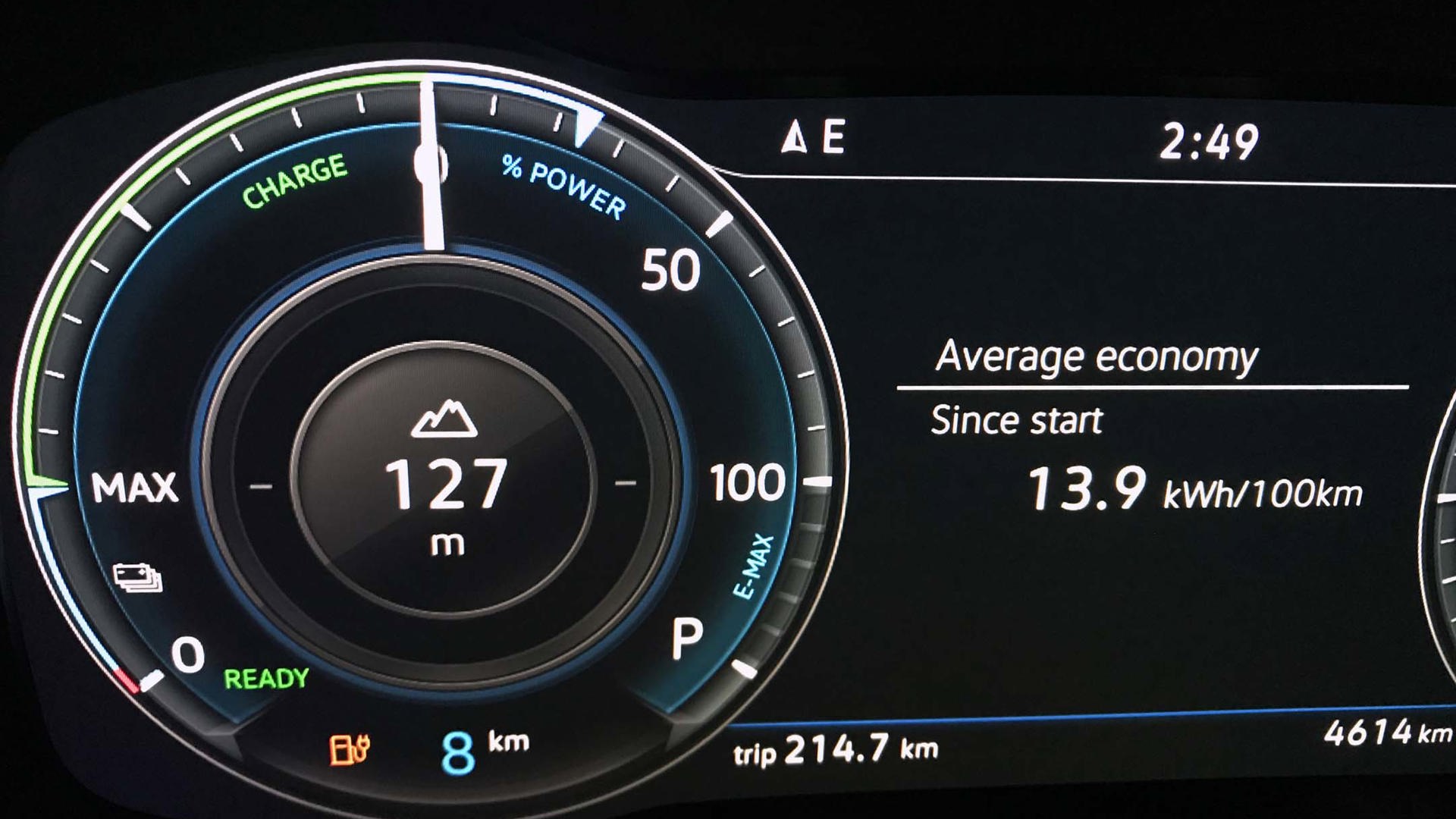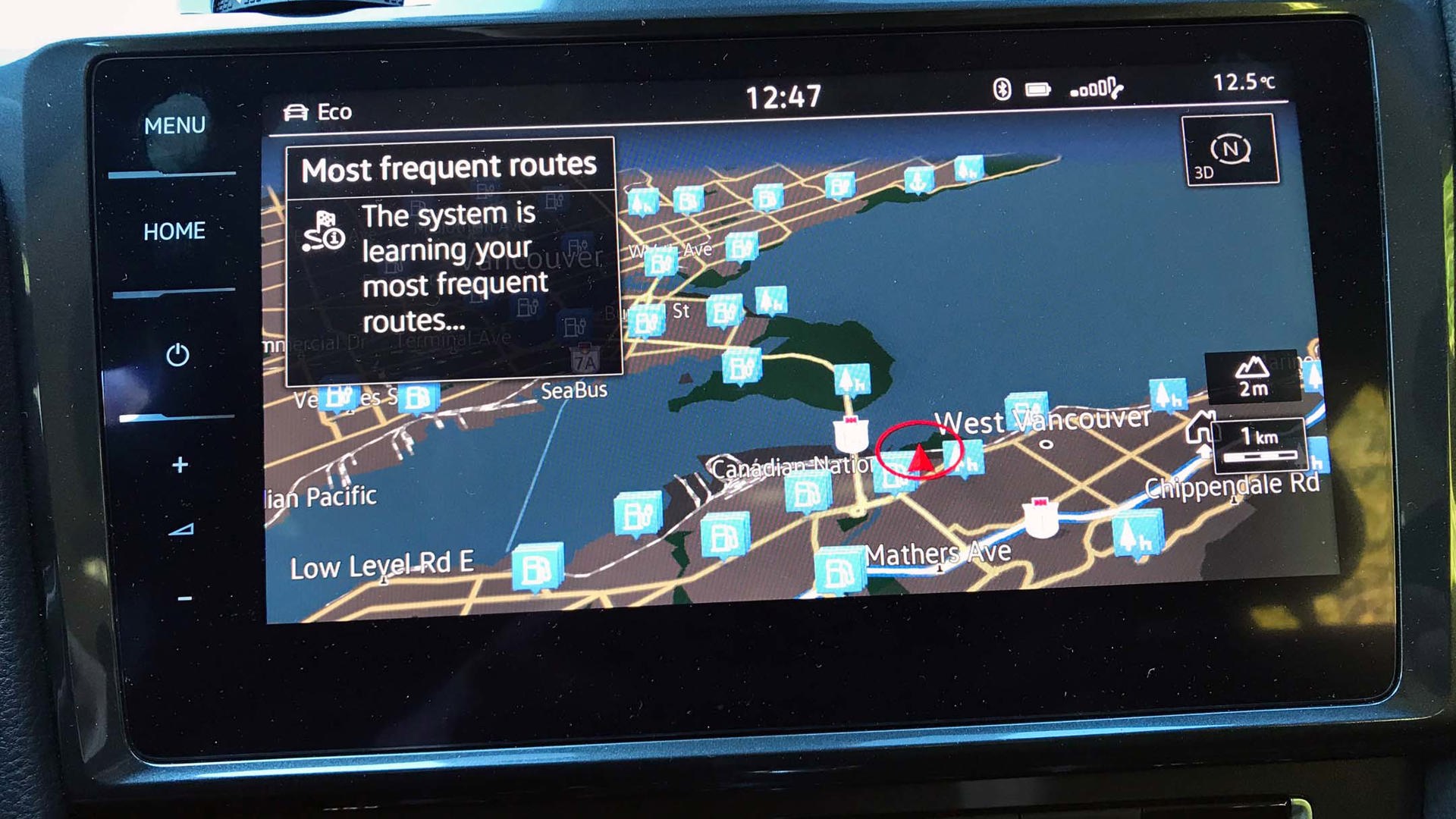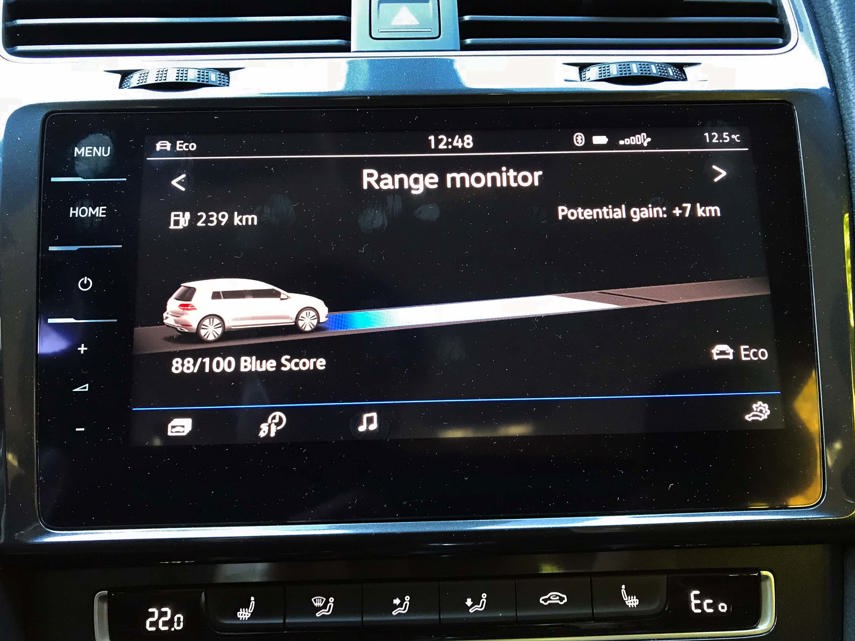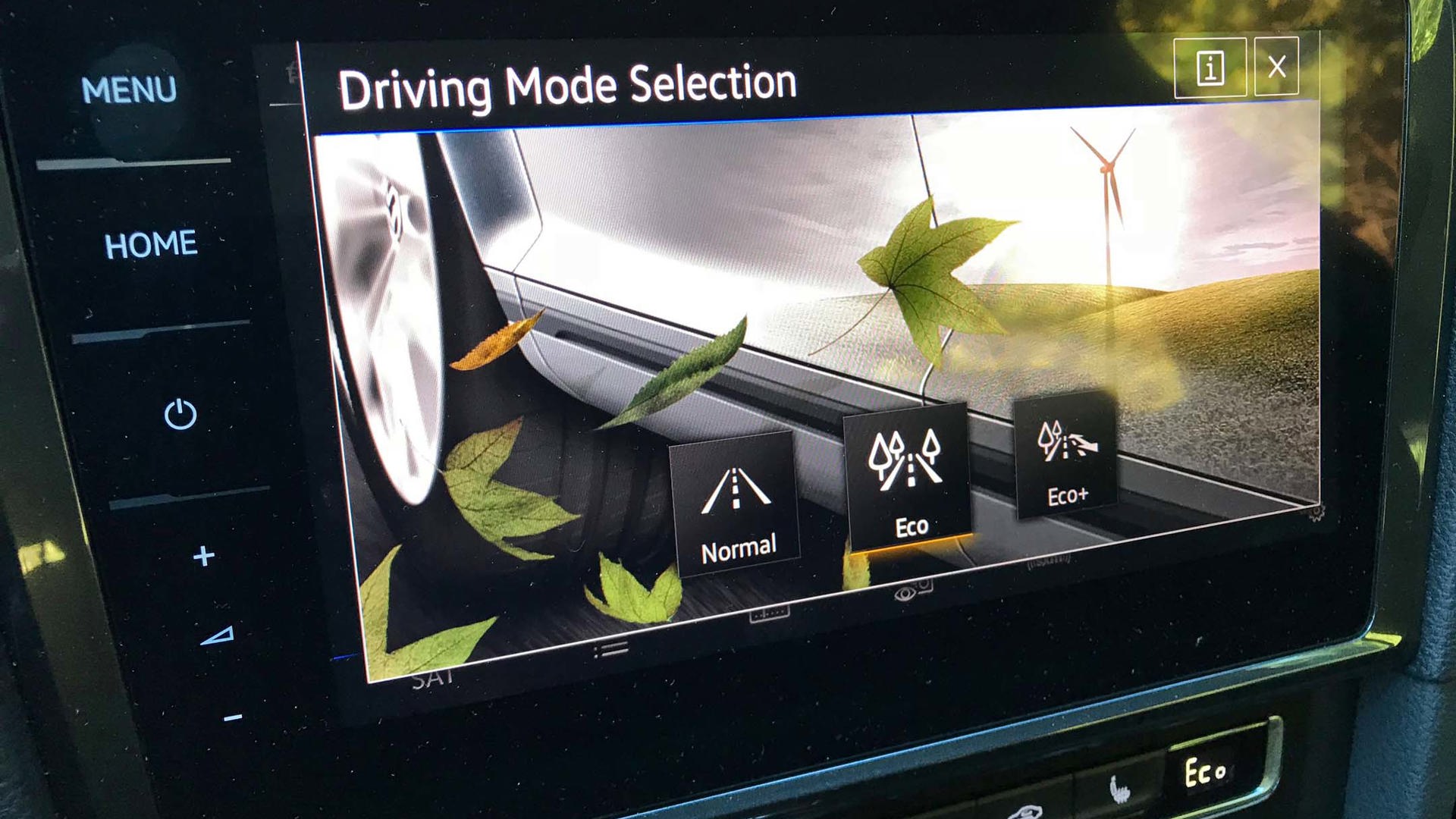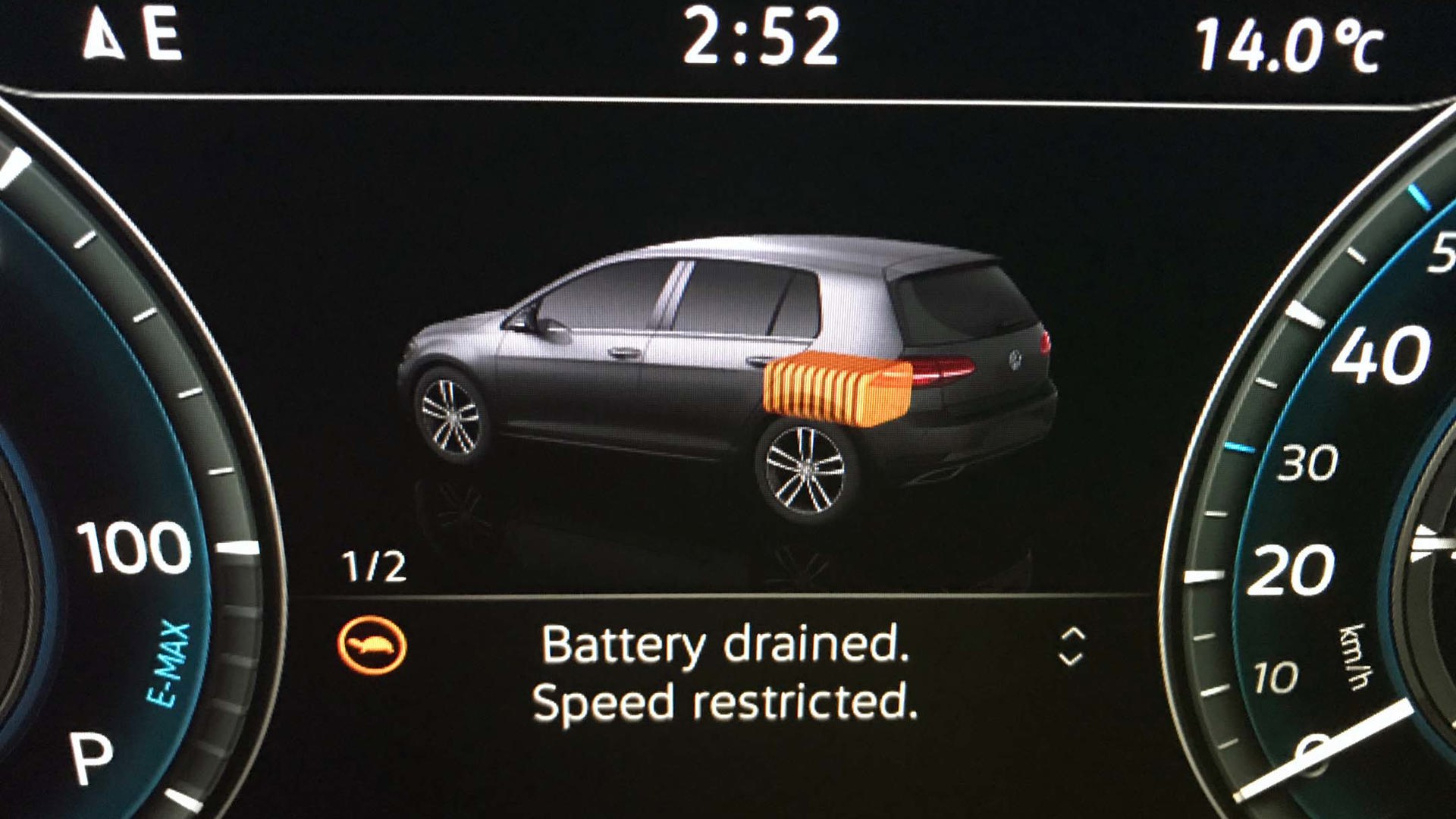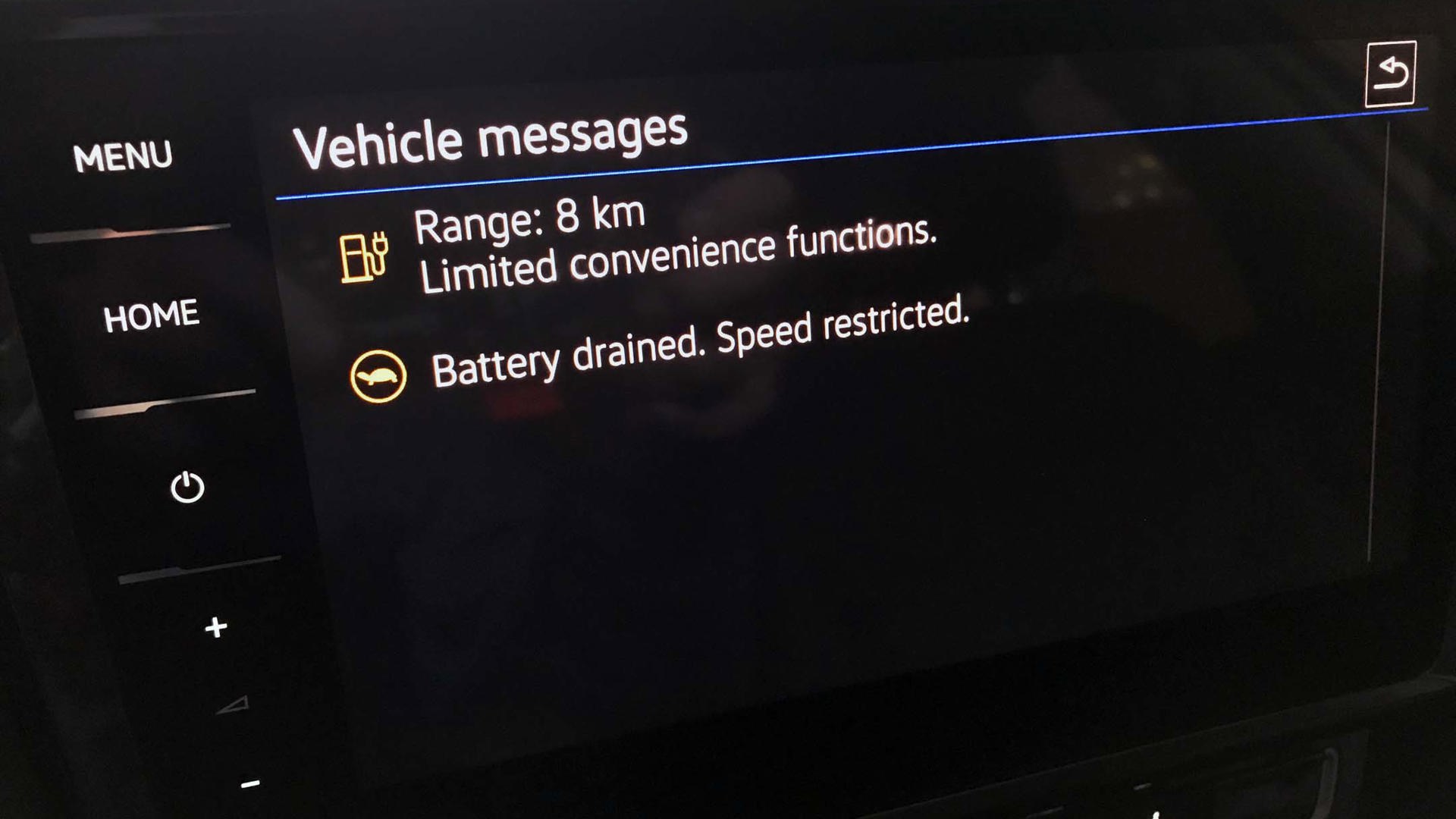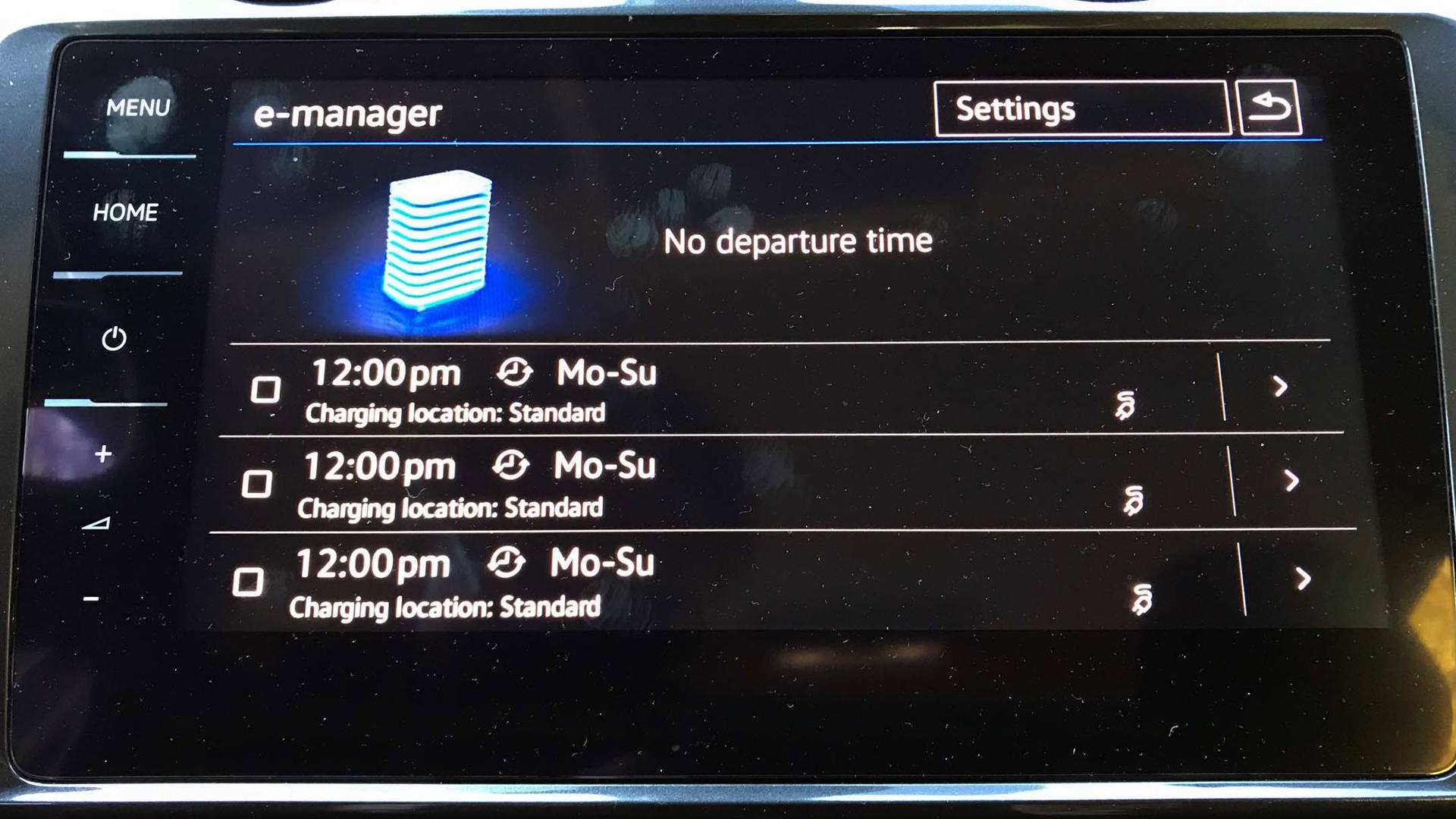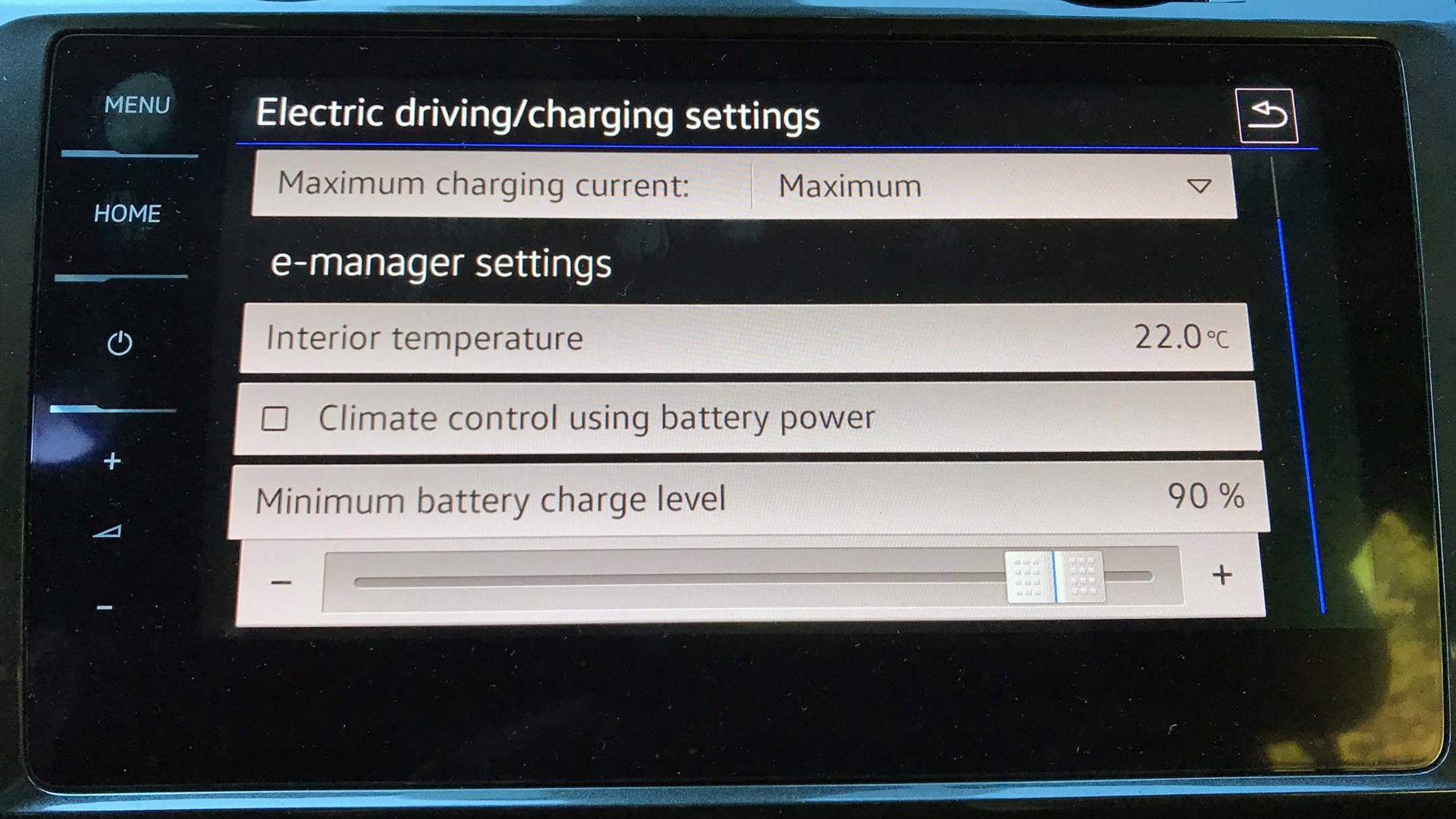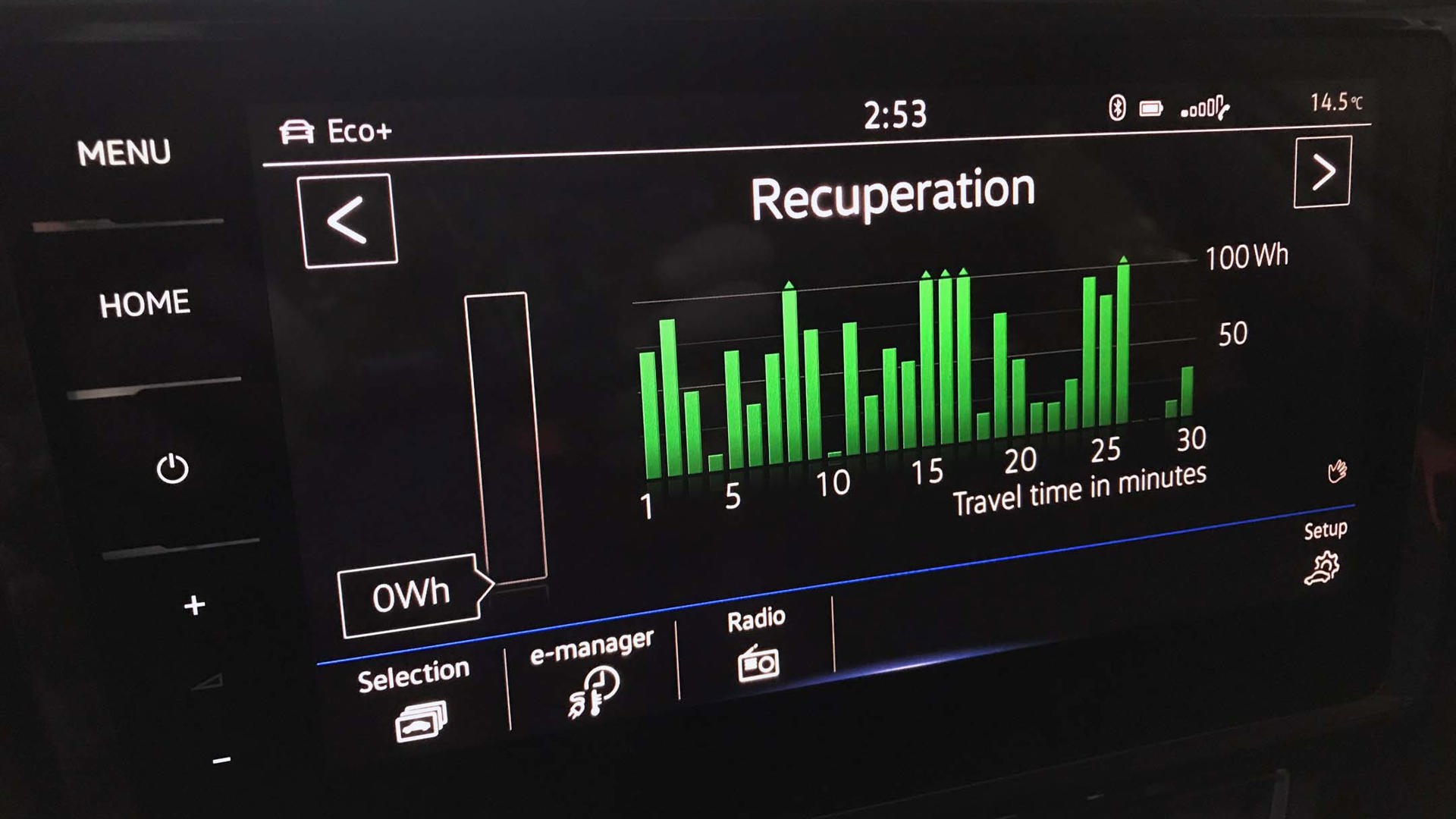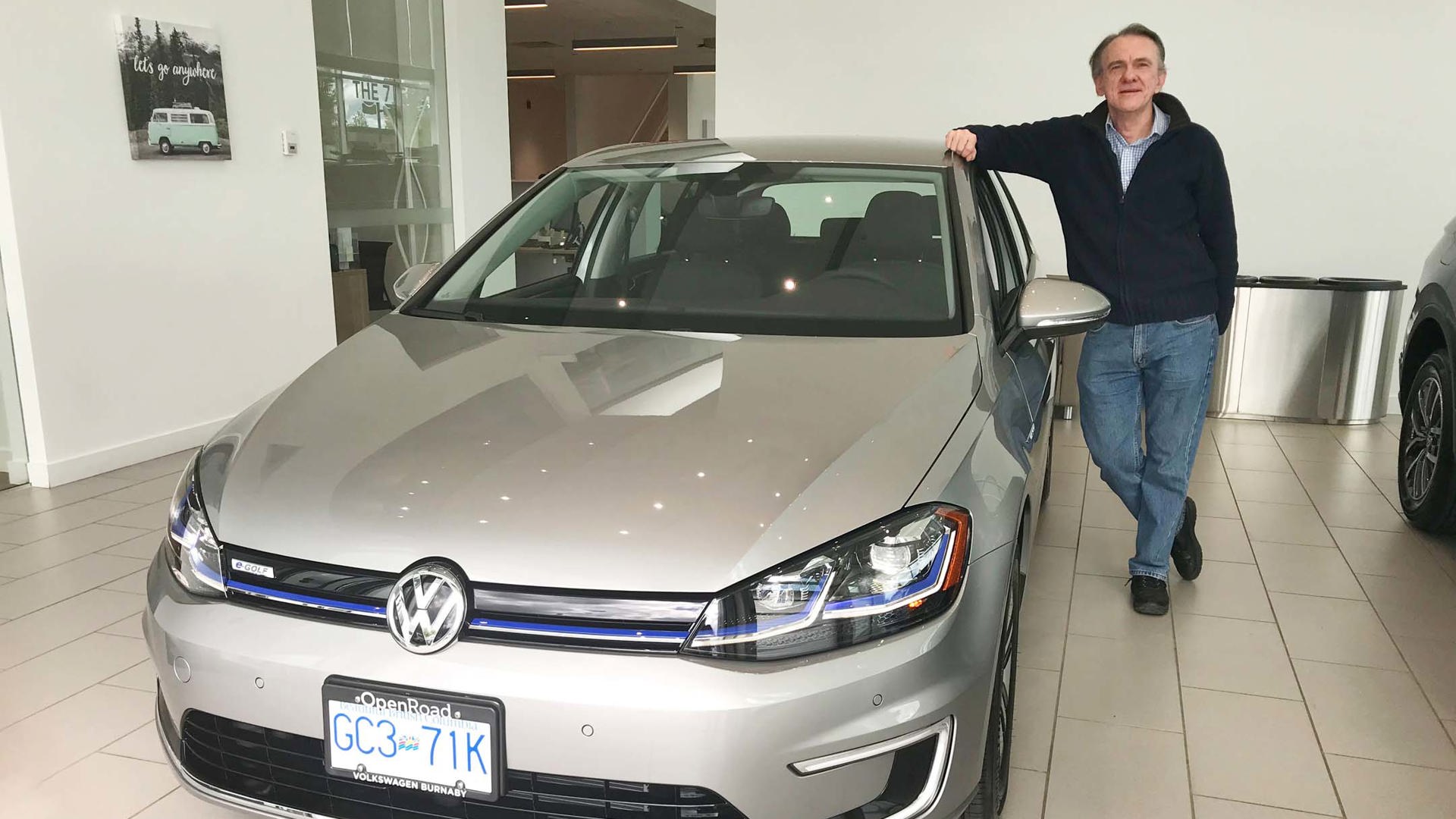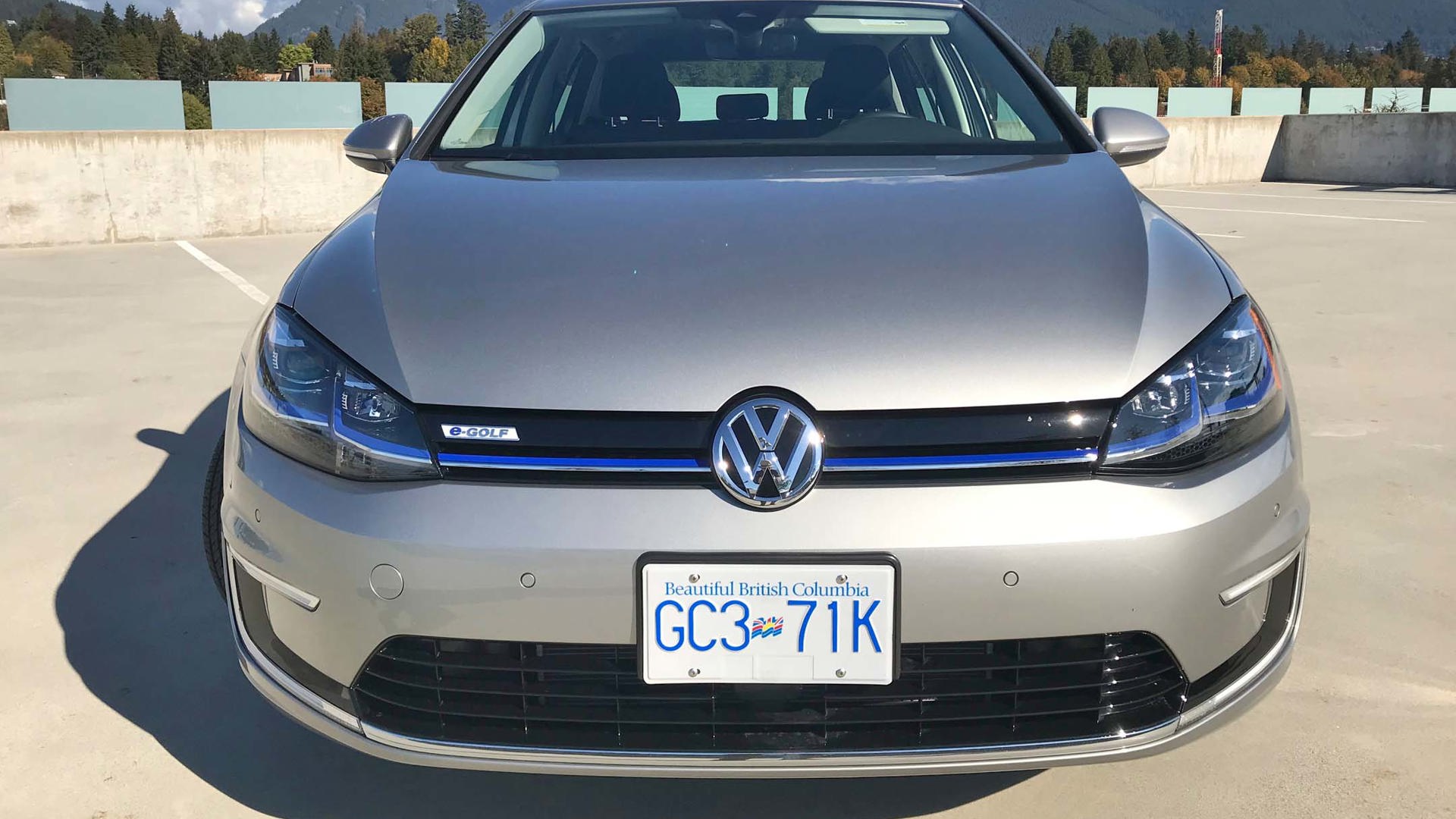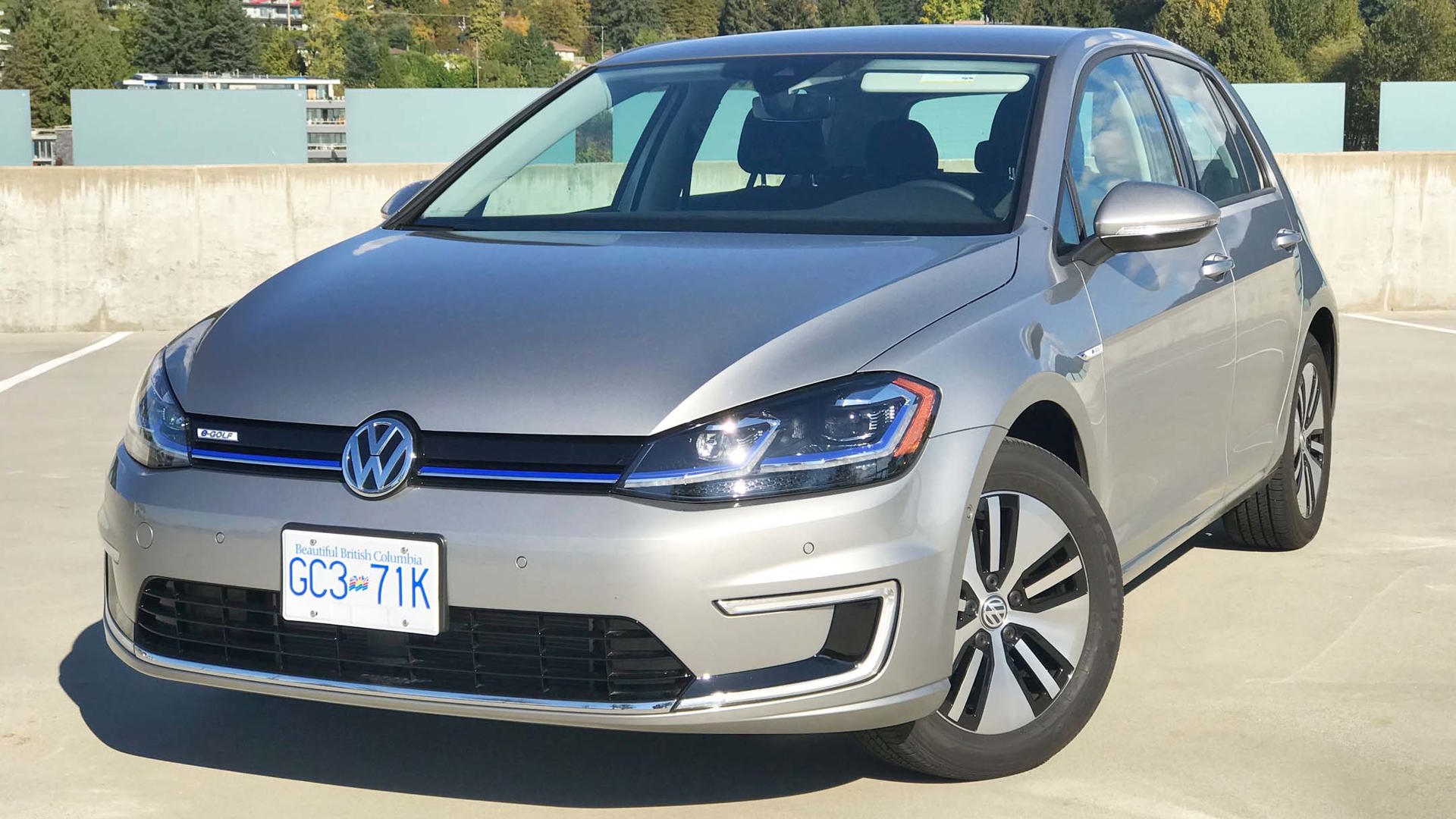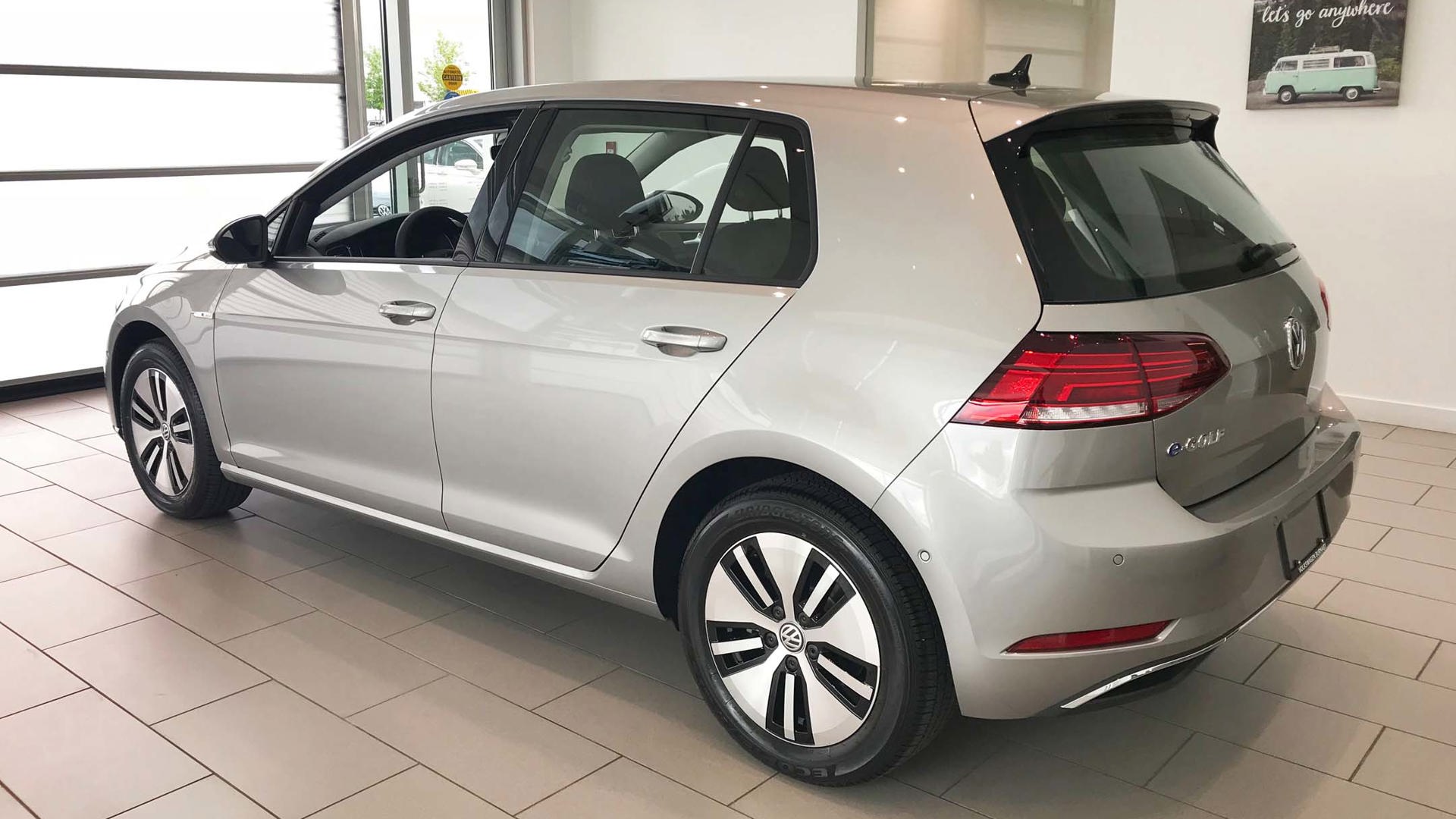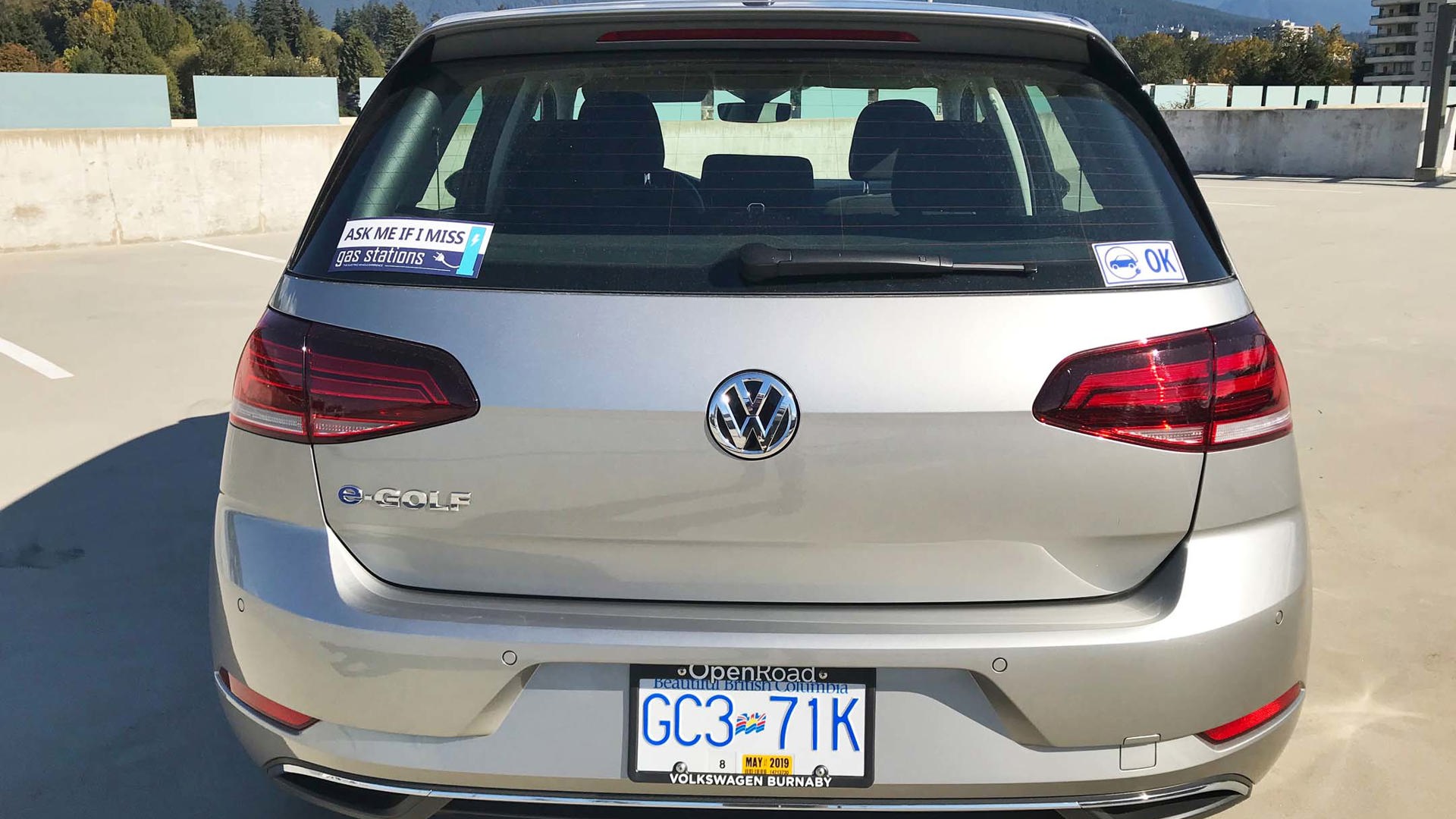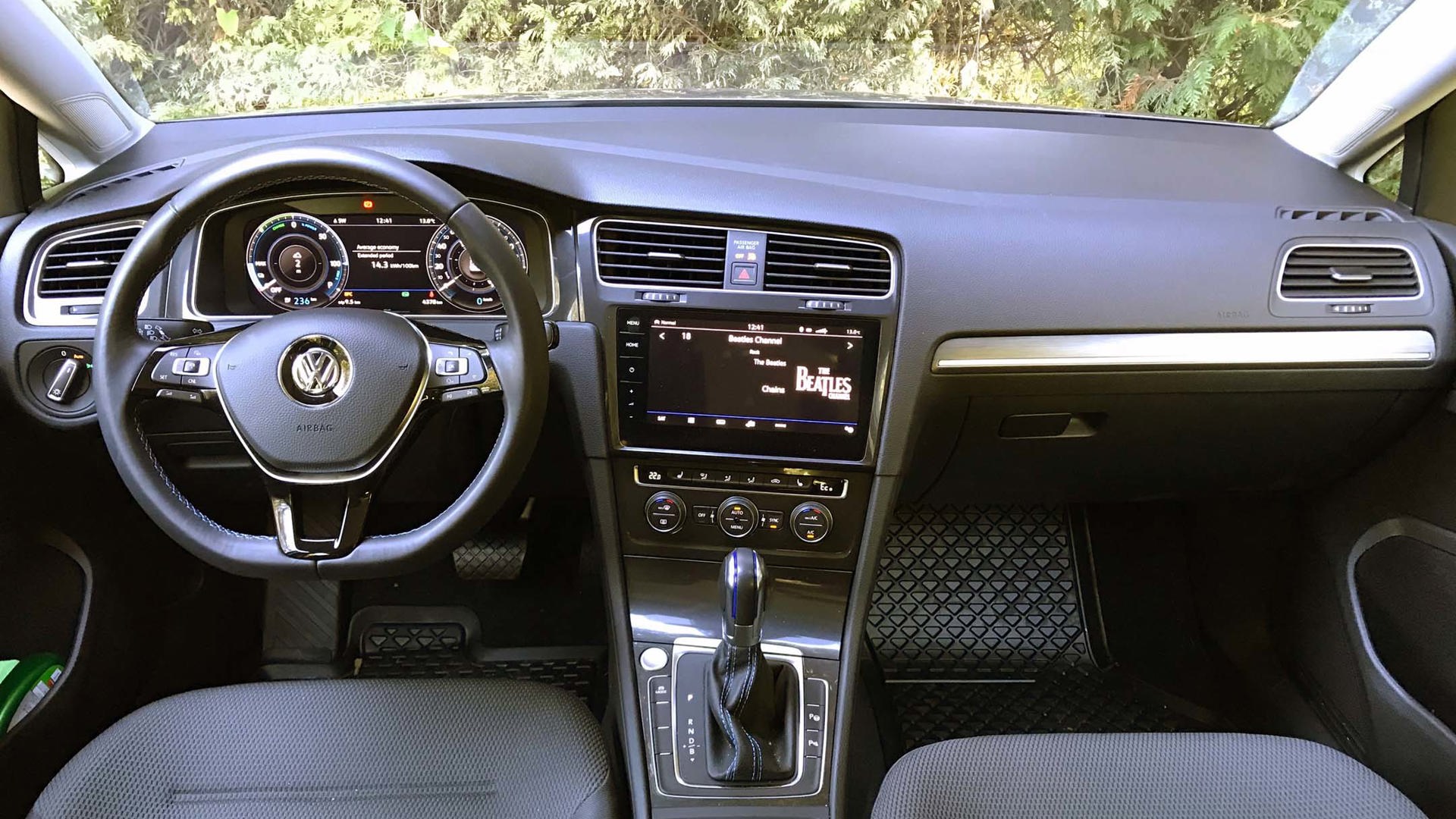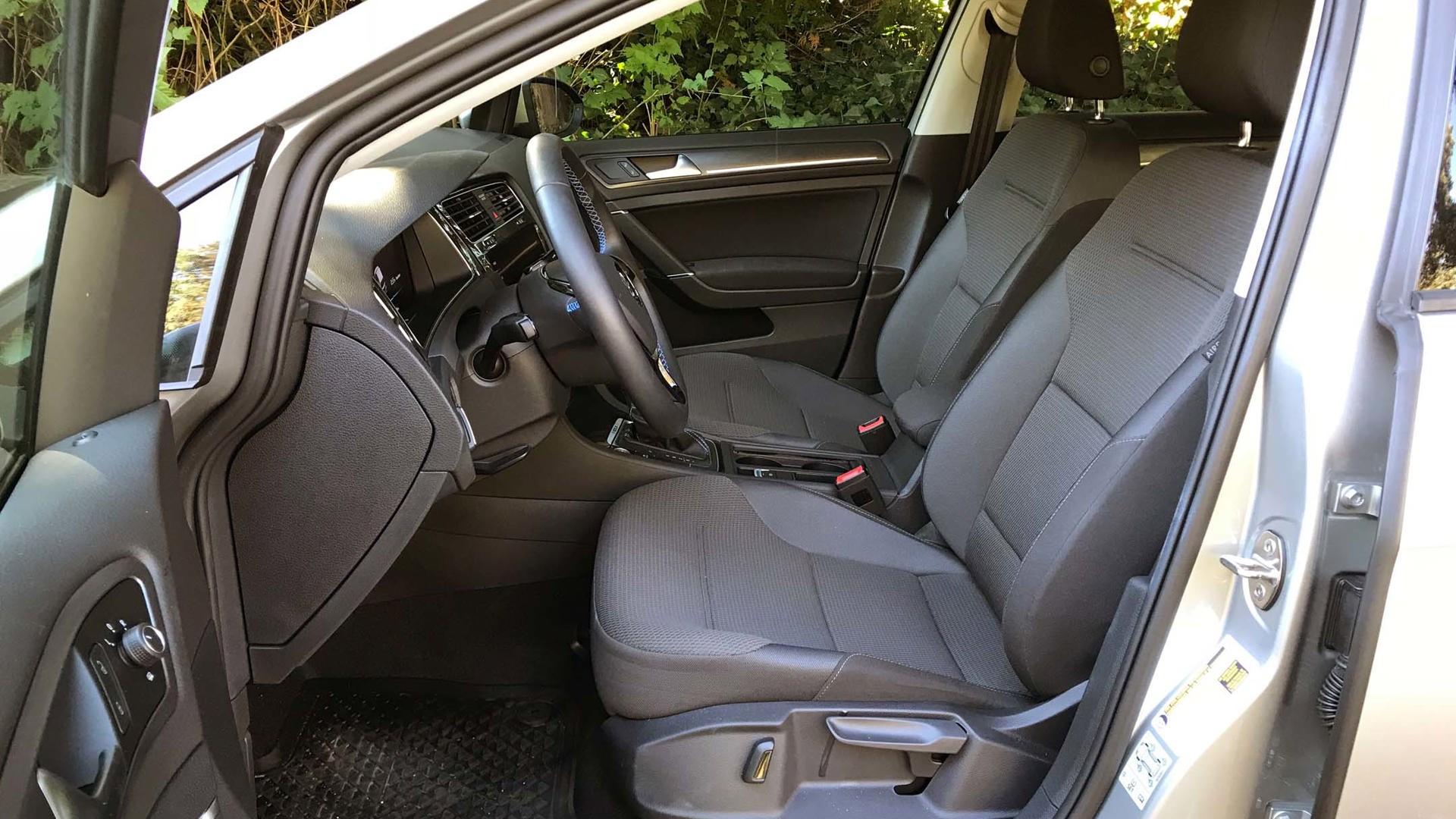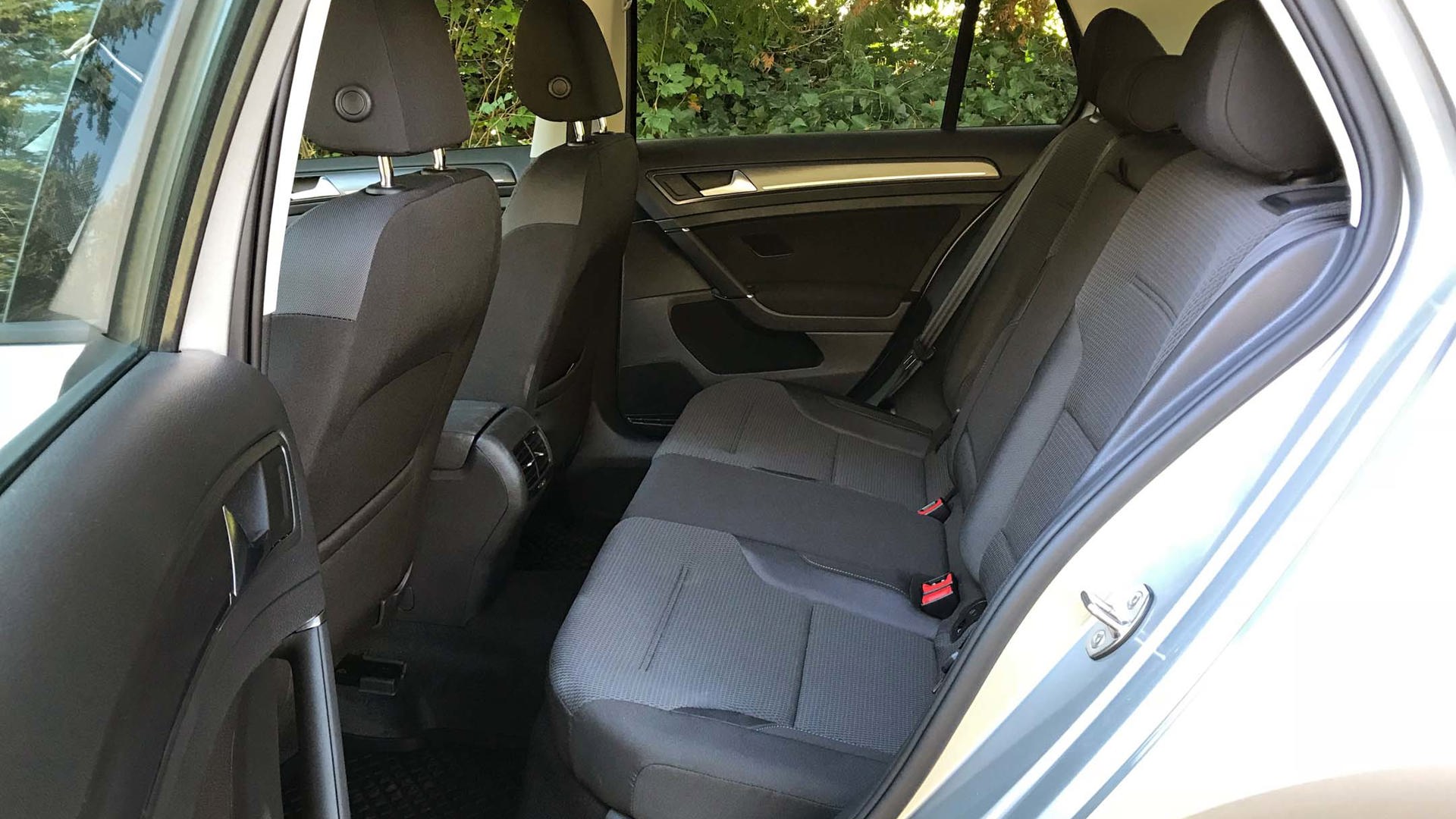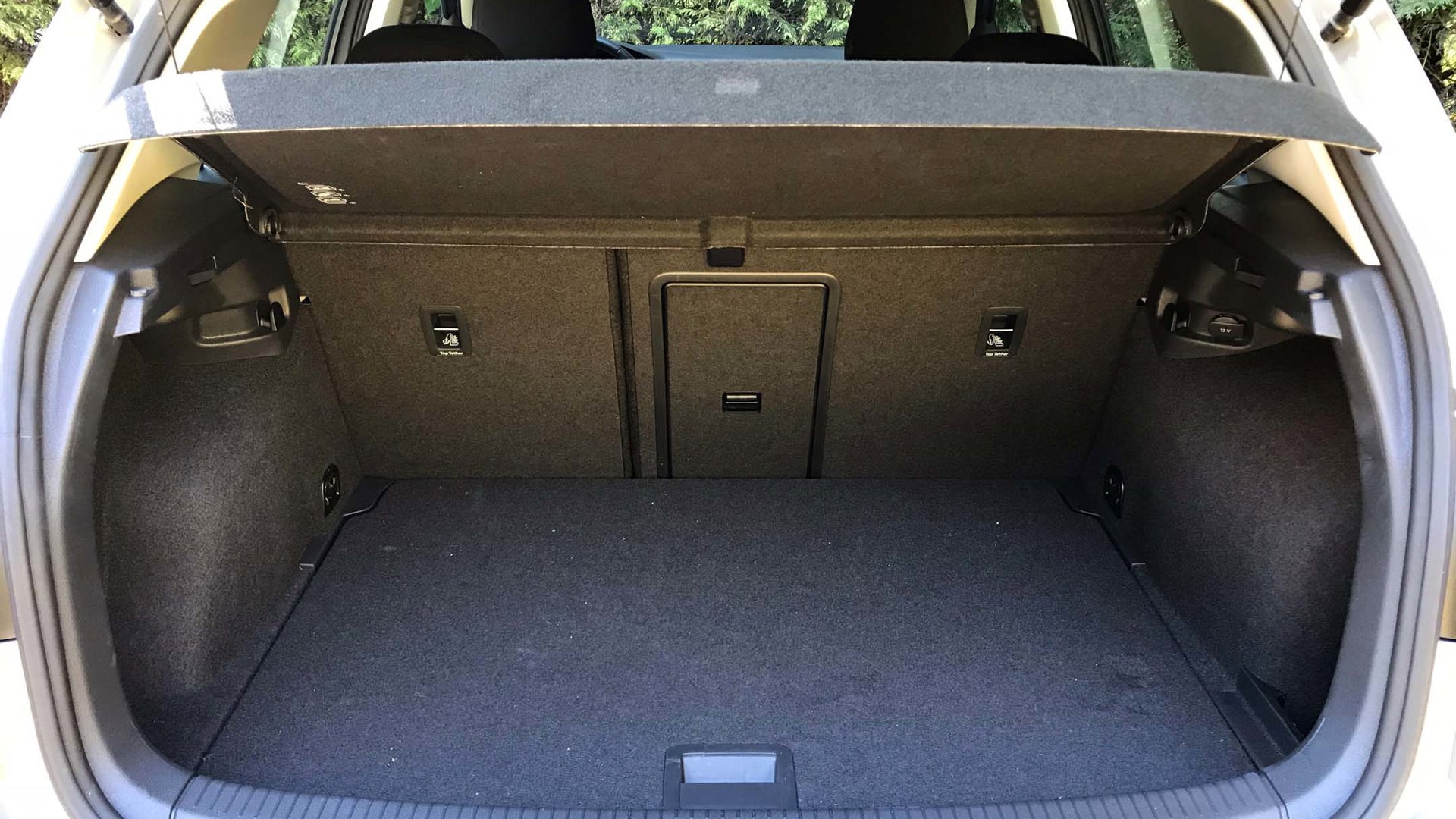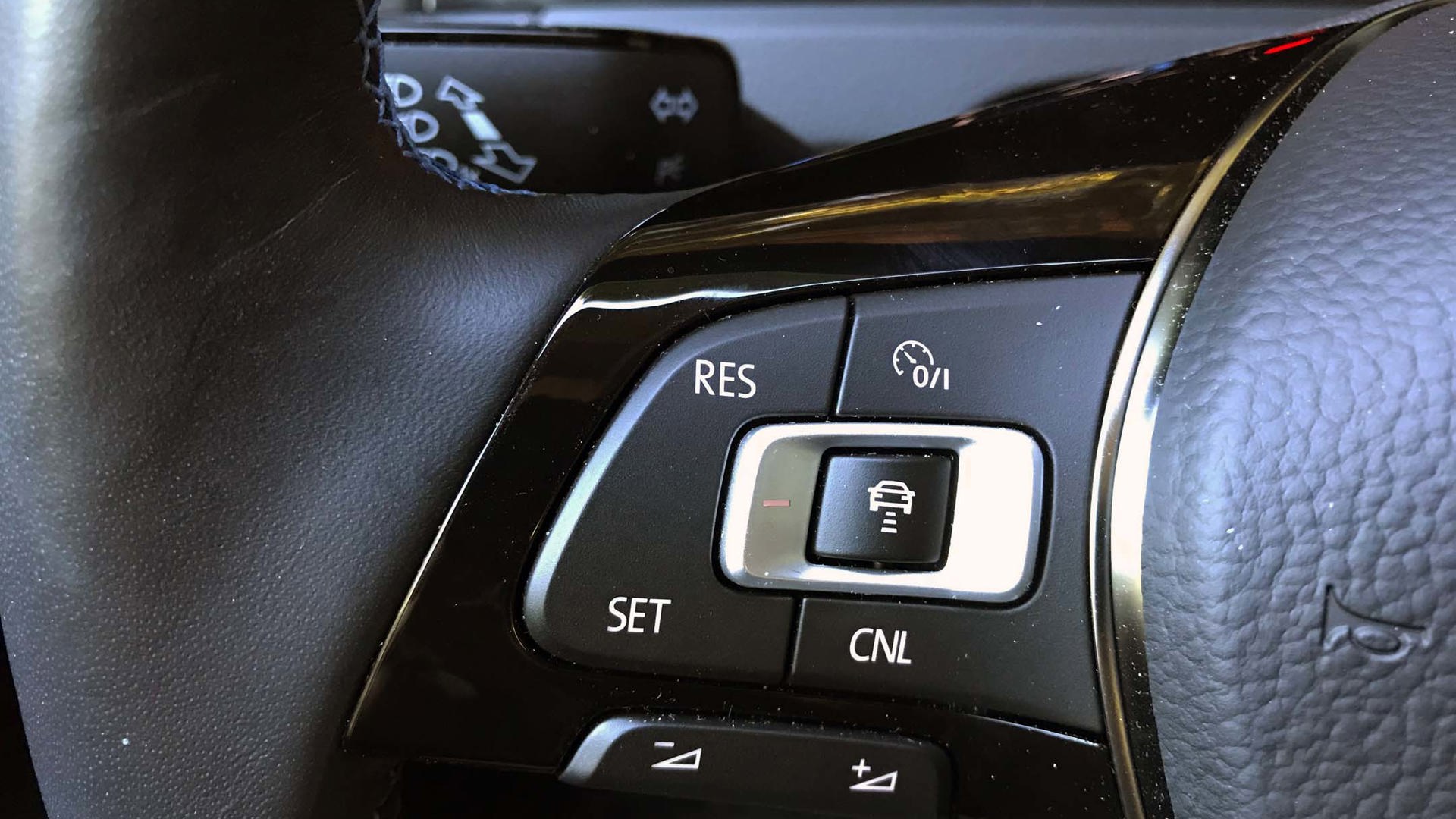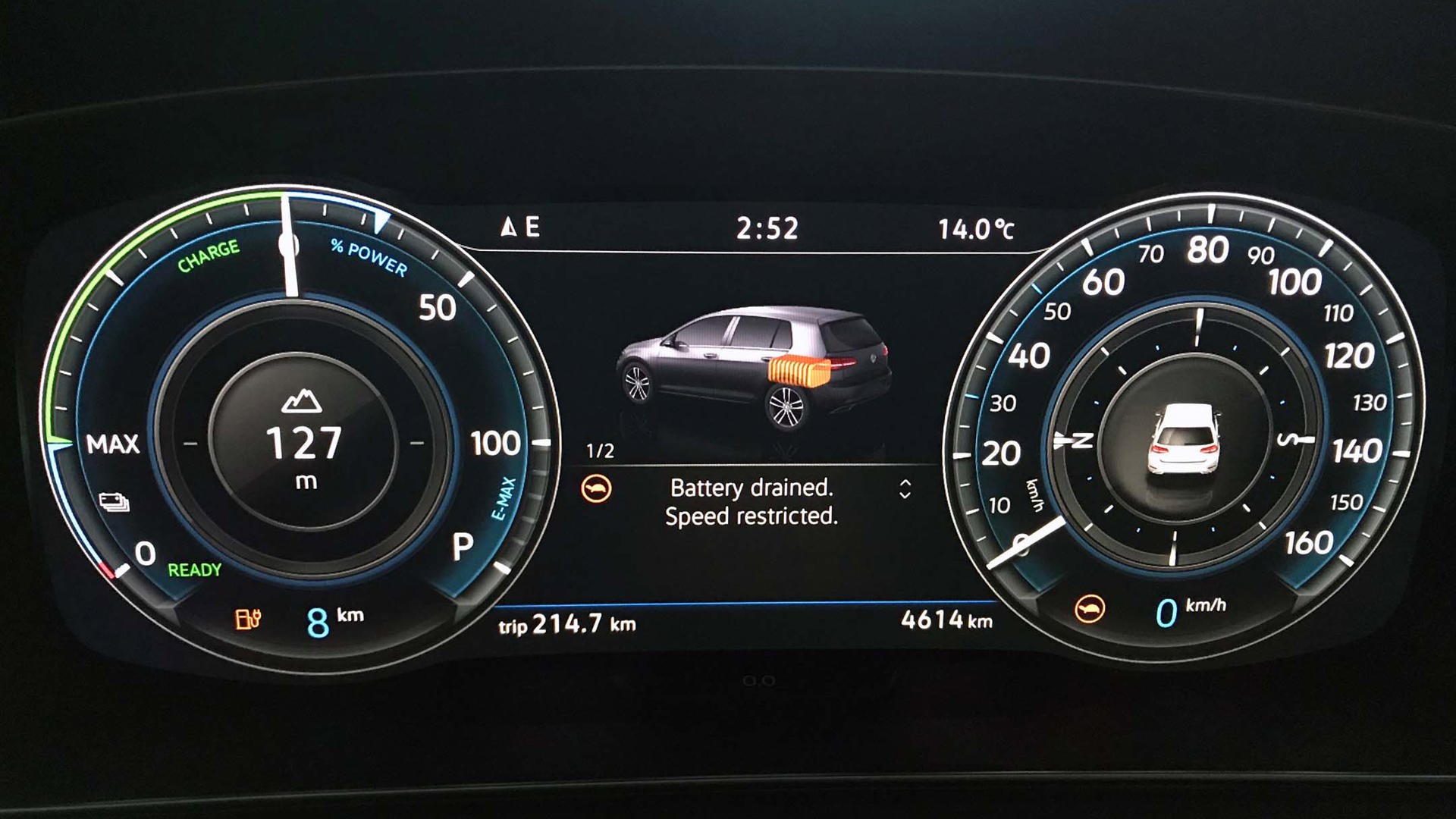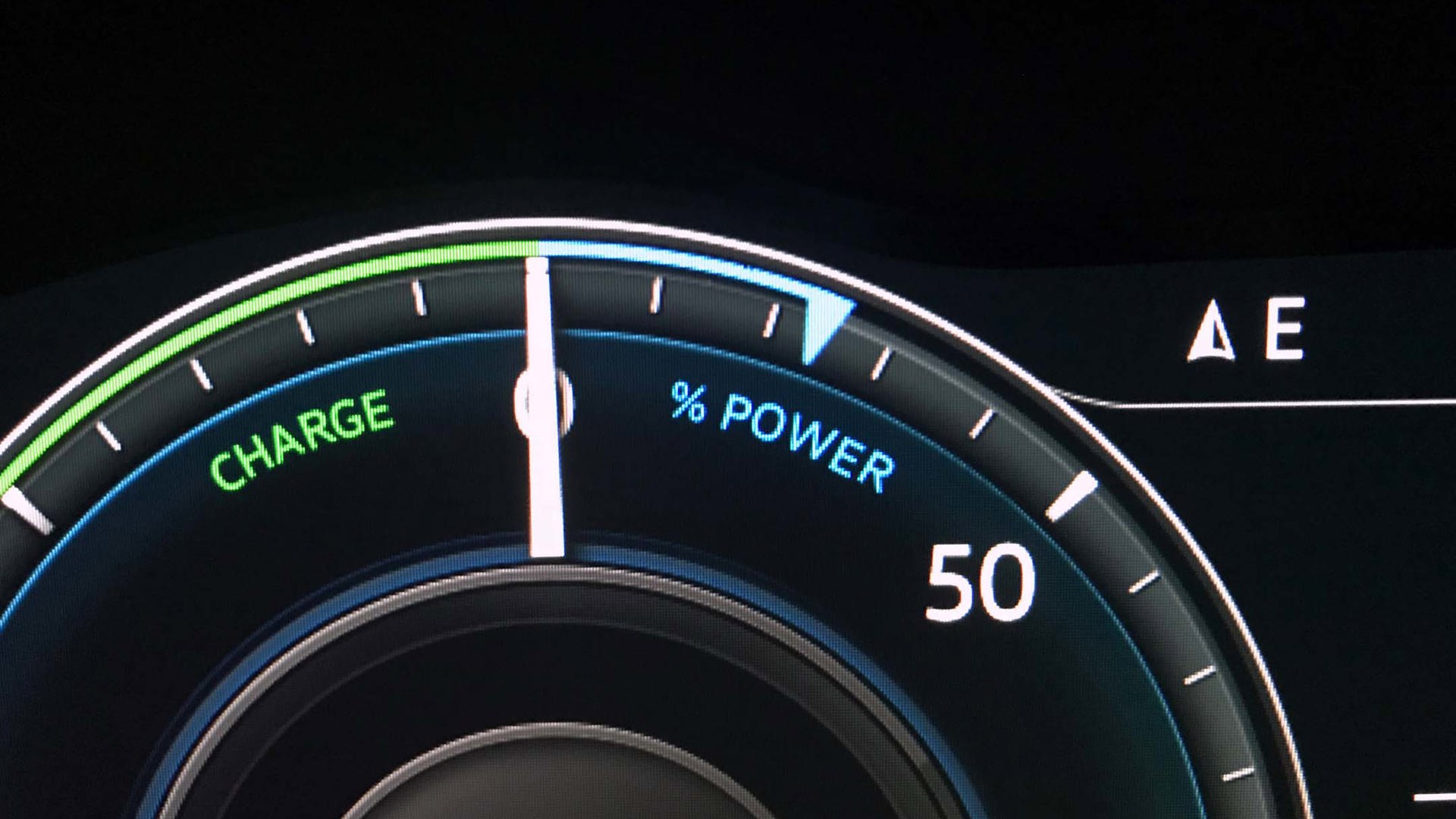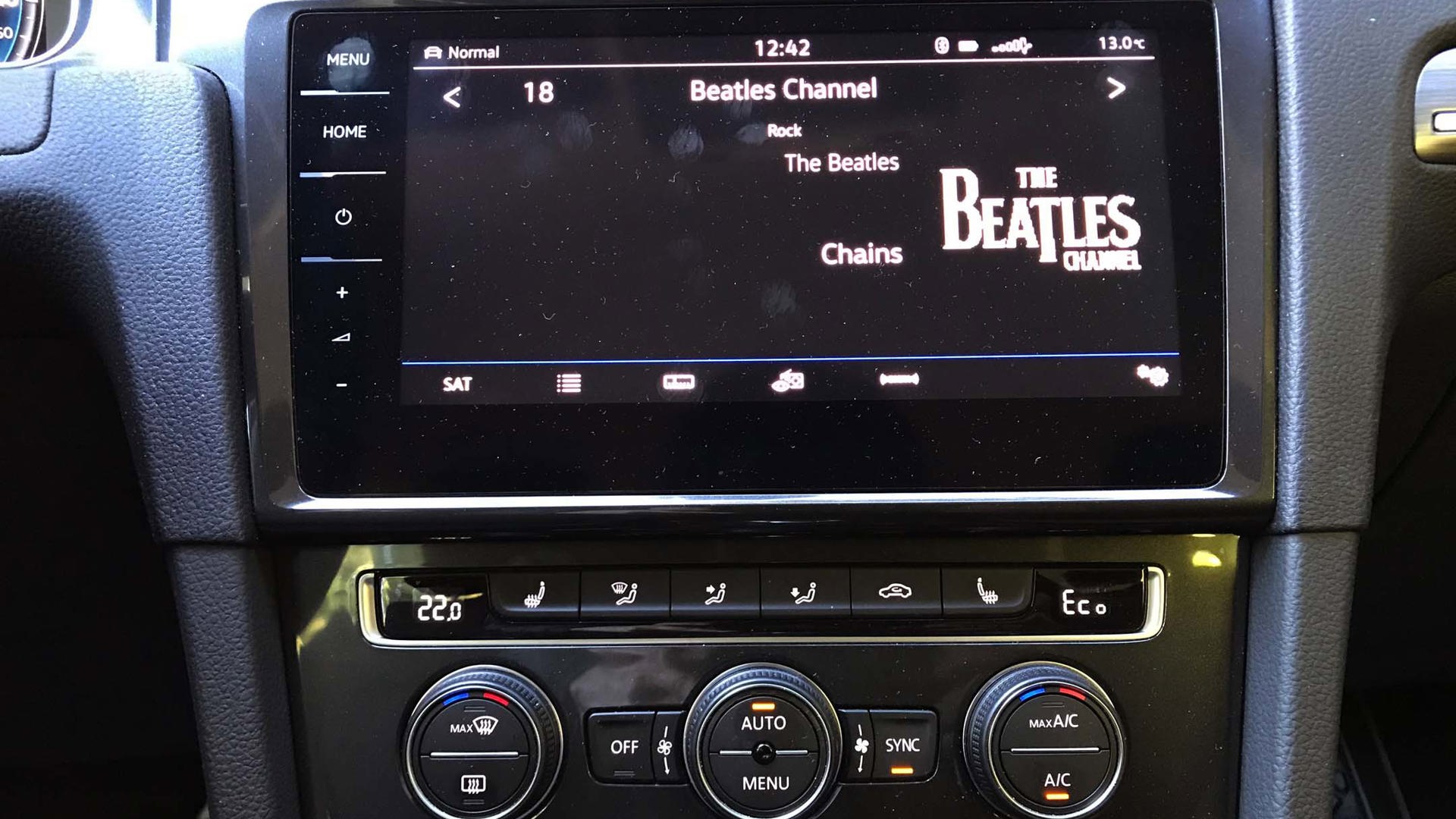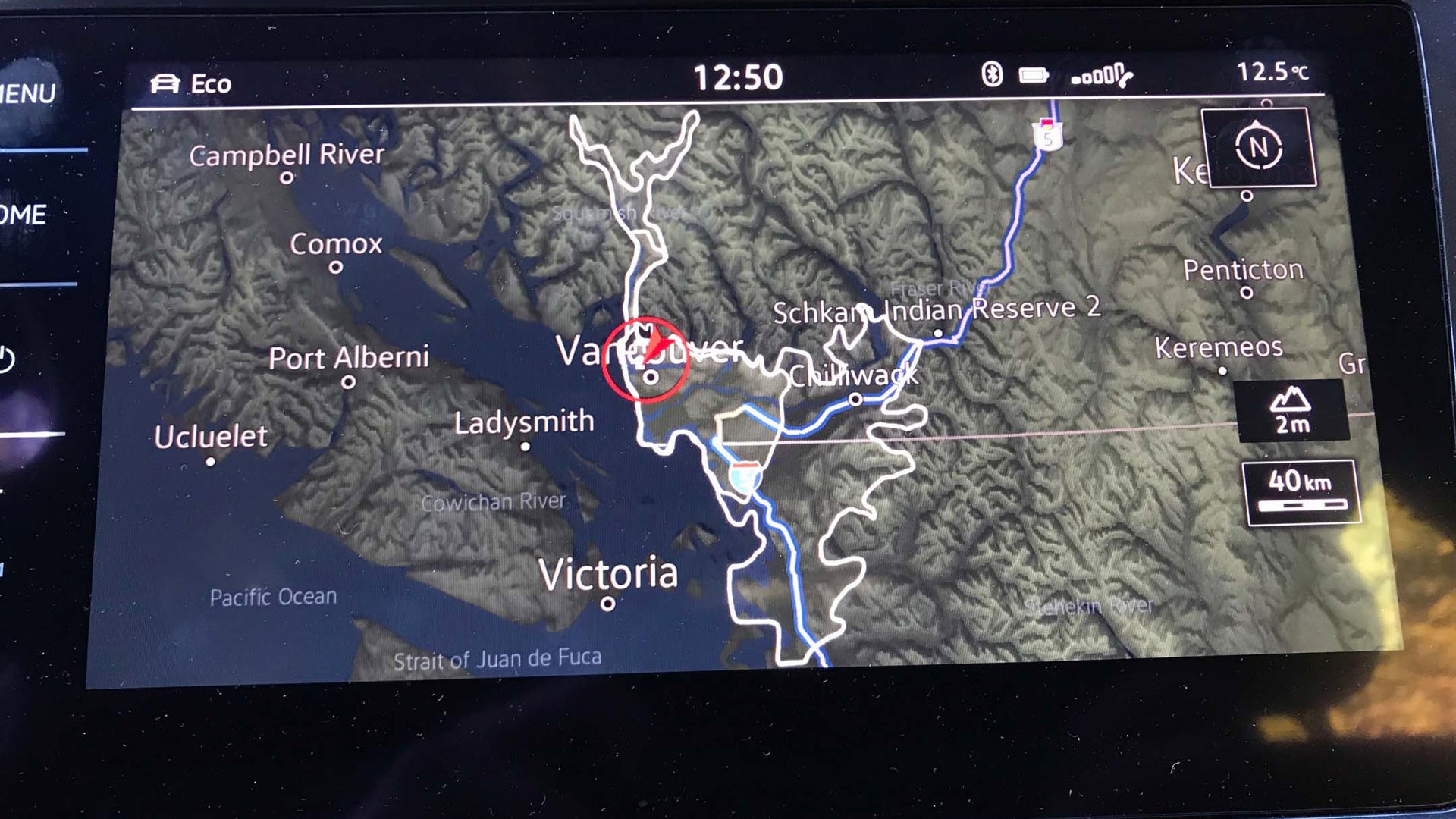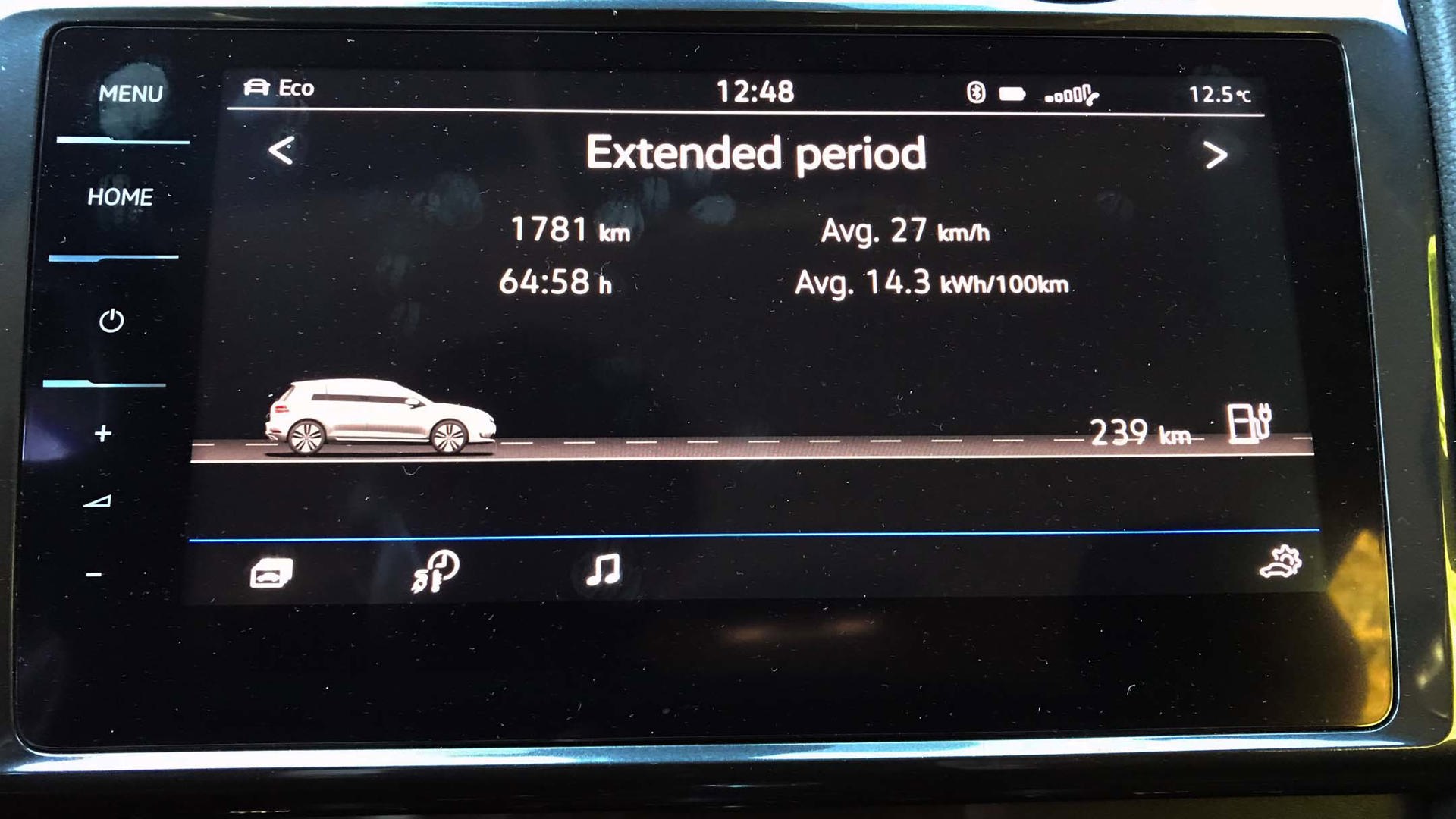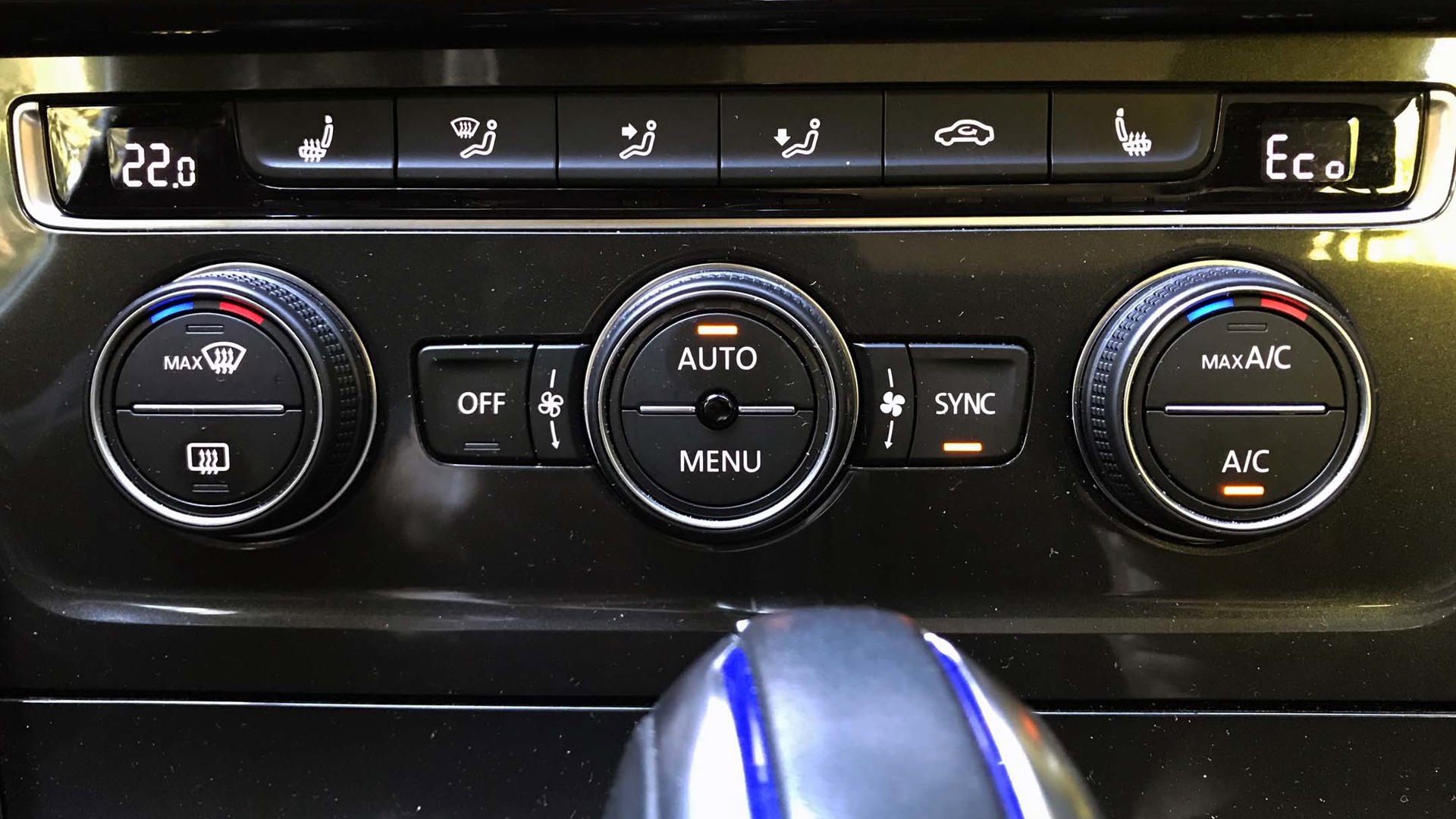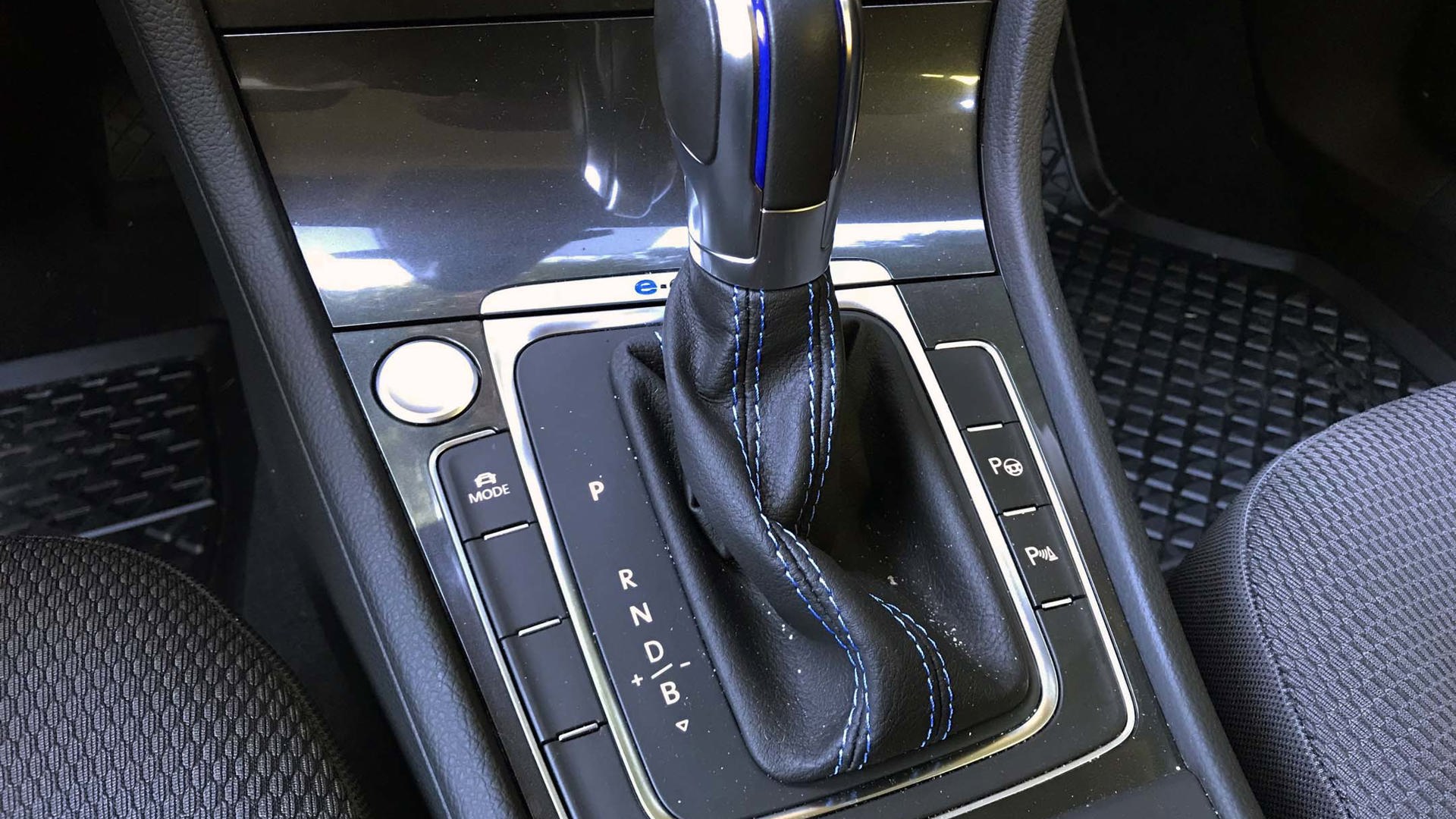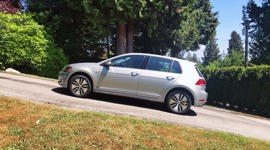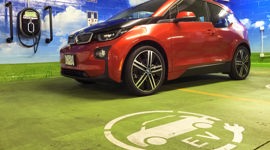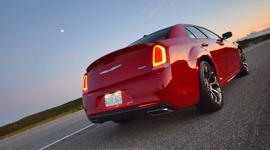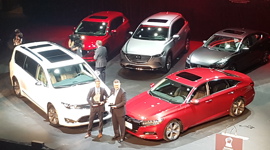VANCOUVER, BC – Last May, I bought my first fully electric car (BEV), a 2018 Volkswagen e-Golf. So far, I’ve been very happy with it, but before I bought it I had serious doubts about whether the higher price, shorter driving range, and long recharging time of an electric car was really worth the switch from a car with an internal combustion engine.
Would I regret spending thousands more for an e-Golf that is otherwise very similar to a regular Golf?
The e-Golf’s advertised driving range of 201 kilometres is only about one-third of a conventional Golf 1.8T and it takes about five hours to fully charge its 35.8 kWh lithium-ion battery. And the e-Golf’s MSRP is about $12,000 dollars more than a comparable Golf 1.8T Comfortline, even after deducting the BC government’s $5,000 EV rebate.
Was I making a mistake?
I worried. Would I find myself halfway home, low on battery power, anxiously looking for a public charging station to top up my depleted battery? Would I regret spending thousands more for an e-Golf that is otherwise very similar to a regular Golf? Would the e-Golf be worth anything in three years when battery technology is predicted to double maximum driving range? Was I just a Tesla wannabe?
Checking Compatibility
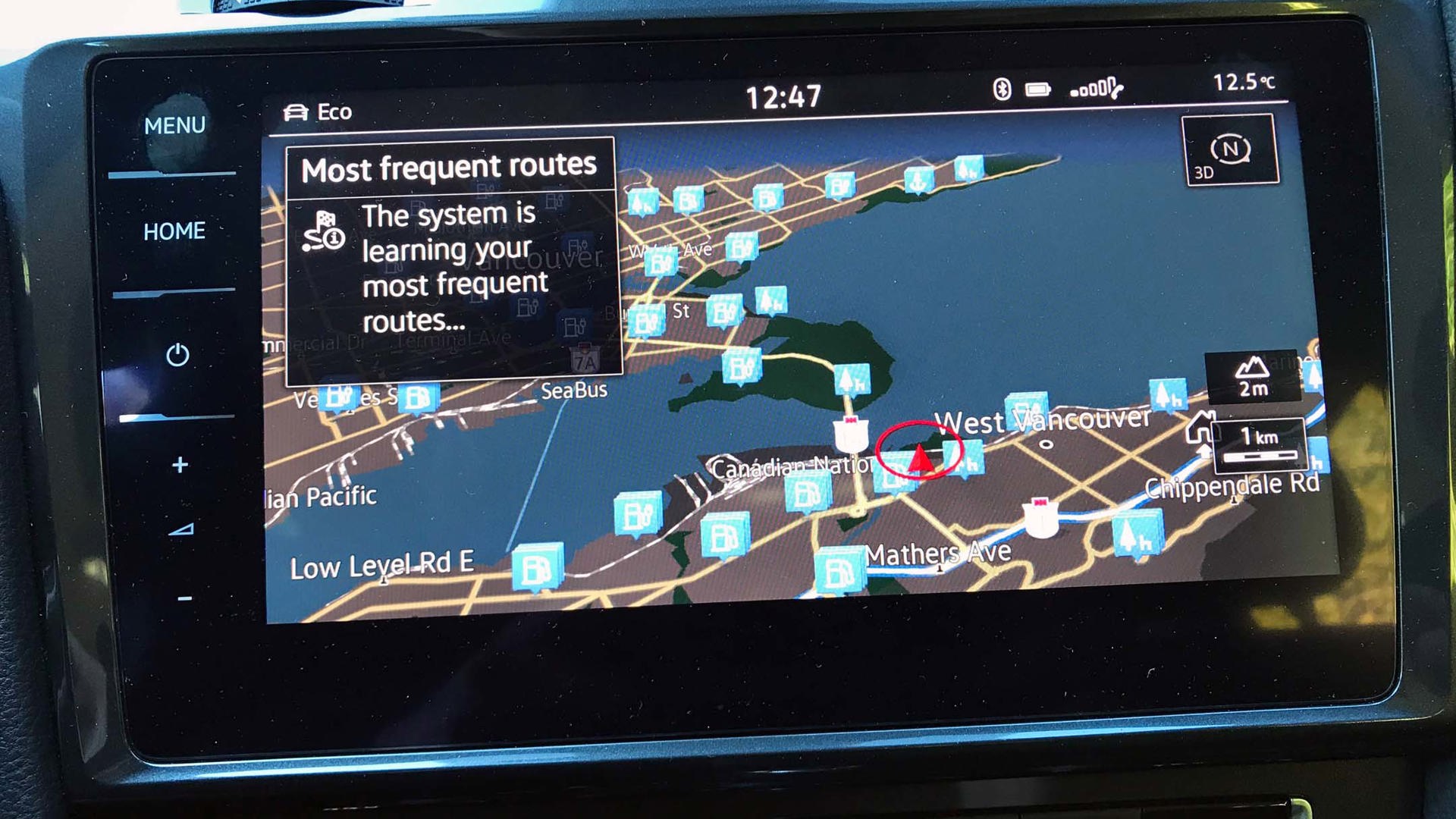
So I looked at my own driving history and driving needs to see if an electric car would work for me. I realized that my typical daily driving distances of about 25 km are well within the e-Golf’s range, and that my longest drive on weekends to visit relatives in the suburbs is no more than 100 km round-trip. And on the rare occasions that I do need to drive longer than 200 km, I have the option of driving my wife’s gasoline-burner.
As well, as I live in a house rather than an apartment, I was able to install a 240-volt charger (Level 2) in my carport that I can use to recharge the e-Golf on a daily basis. That virtually eliminates the need for me to search out public Level 2 charging stations which, in my neighbourhood, are usually already occupied or out of order. (Level 3 fast-charging stations that can charge a battery in 30 minutes are few and far between in the Vancouver area.) My home charging station enables me to charge whenever I want at home relatively cheaply while doing something else (like sleeping).
Lastly, as I really, really wanted to experience driving an electric car on a daily basis – and not pay for gas – I was prepared to pay the higher price premium for an e-Golf.
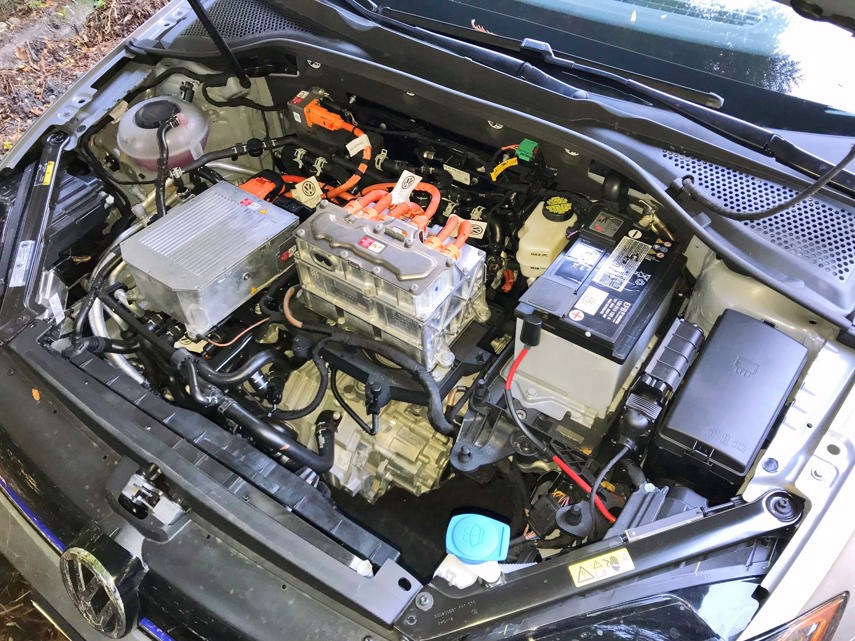
A Long Wait
But I had to wait. In April 2017, I put a deposit on a 2017 e-Golf which I had been told would arrive in June. Then in May, the VW dealership informed me that the 2017s wouldn’t be arriving until the fall. I didn’t want to buy a 2017 e-Golf at the end of the model year, so I changed my order to a 2018 e-Golf assuming it would arrive by the winter. It didn’t arrive until May 2018! So basically, I waited 12 months to get my e-Golf.
And right now, the wait is 12–18 months, according to VW’s website. The official excuse is that there is a strong worldwide demand for the e-Golf and limited production, and therefore long waiting times. Fortunately, I had another car to drive in the meantime, but the wait seemed interminable.
Up-front Costs
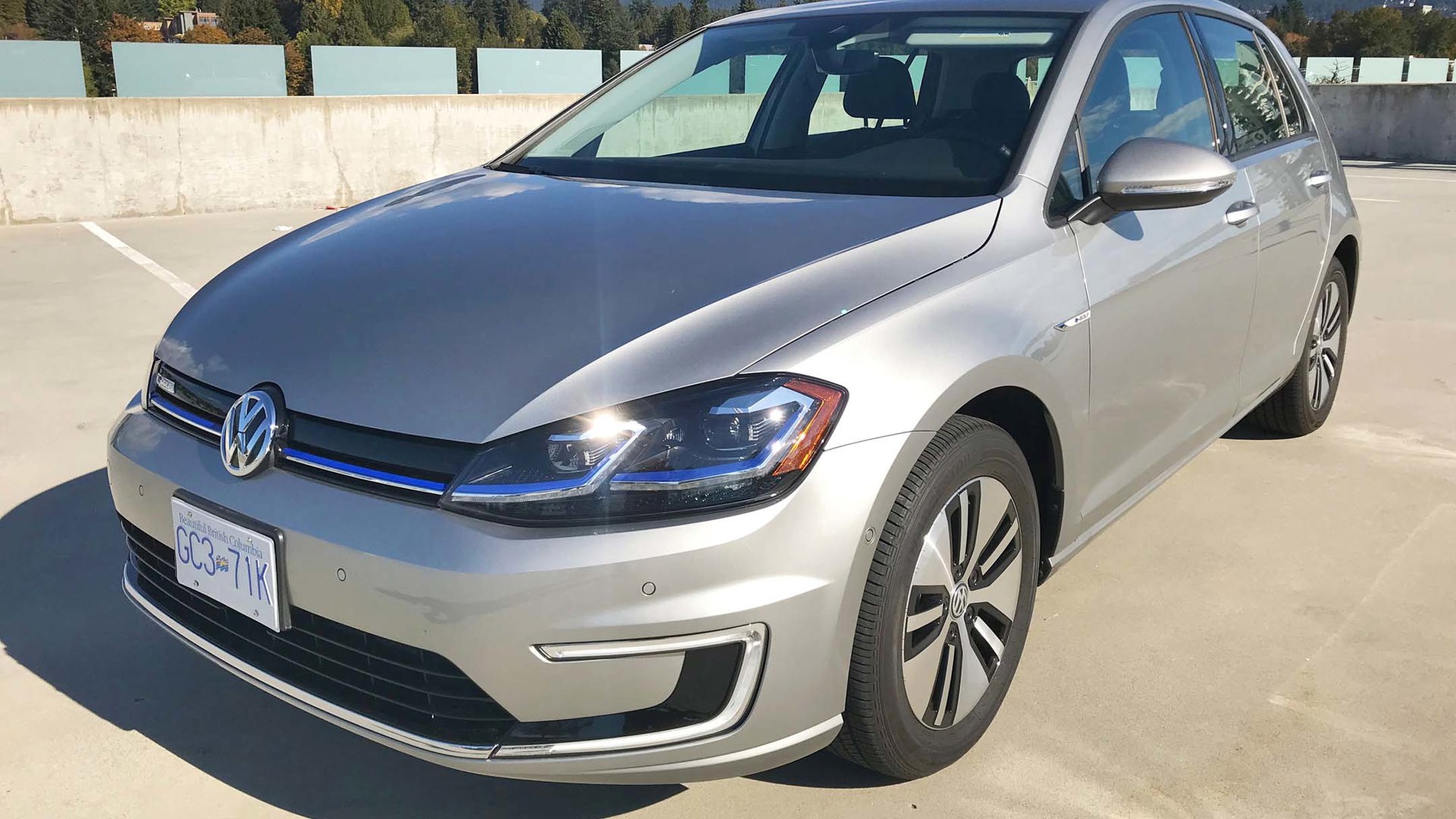
My 2018 Tungsten Silver Metallic Volkswagen e-Golf Comfortline (it only comes in one trim level) has a base MSRP of $36,355. It’s well-equipped, but options, fees, and taxes really jack up the price. I added the optional Technology and Driver Assistance Package ($4,655) which included a 12-inch digital instrument display, the big 9.2-inch centre touchscreen, automatic headlights, blind spot detection with rear traffic alert, adaptive cruise control, Front Assist with autonomous emergency braking and pedestrian recognition, Lane Assist, Park Assist, and the Digital Cockpit (instrument cluster).
As I prefer the warmth and comfort of cloth seats, I decided not to opt for leatherette. Dozens of optional exterior colours are available too, but the high price of $2,995 dissuaded me from getting a flashy colour.
With Freight and PDI ($1,645), Documentation Fee ($495), Federal A/C Tax ($100), and Advance Disposal Fee ($25); the e-Golf’s total price came to $43,275. Adding GST ($2,163.75) and PST ($3,029.25) brought the total price to $48,468.
Fortunately, there’s still an EV rebate in B.C. The government $5,000 EV rebate is deducted from the final price at the dealership, so my total outlay was $43,468.
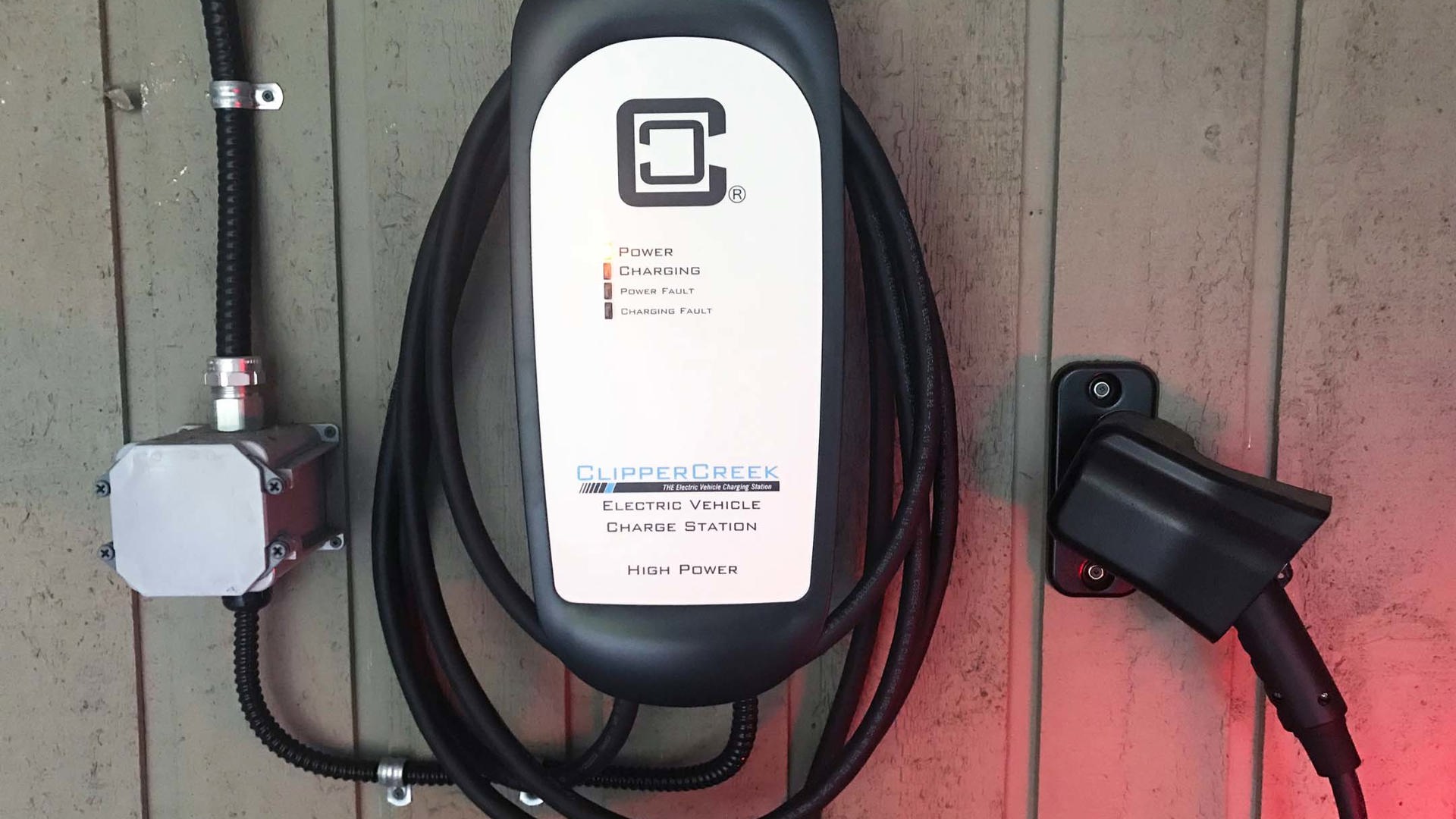
Oh, and I spent almost $2,000 installing a 240-volt charger in my carport. That includes a Clipper Creek 240-volt, 34-amp charger ($880), materials ($225), labour ($575), electrical permit ($202.72), and GST ($94.14) for a total of $1,976.86.
If that sounds expensive for a VW hatchback, it is. But the fact is, all the e-Golf’s BEV competitors are similarly expensive. Until battery costs come down and EVs start selling in greater numbers, electric cars and hybrids are going to be more expensive than regular cars. If you want one now, you just have to pay.
I decided to lease the e-Golf for three years and trade it in on the upcoming electric VW ID hatchback model that’s due in 2021. But that plan was scuttled when VW announced the VW ID hatchback wouldn’t be coming to North America, only the more expensive ID Crozz model. I was disappointed. Then I looked into the leasing contract. The more I looked at the mileage restrictions, additional interest costs, dealer fees, damage deposit, potential penalties, and rather poor residual value, the less I liked it. I decided to purchase the car outright. It was pricey, but I do feel good about the fact that it’s mine and nobody else’s!
Running Costs
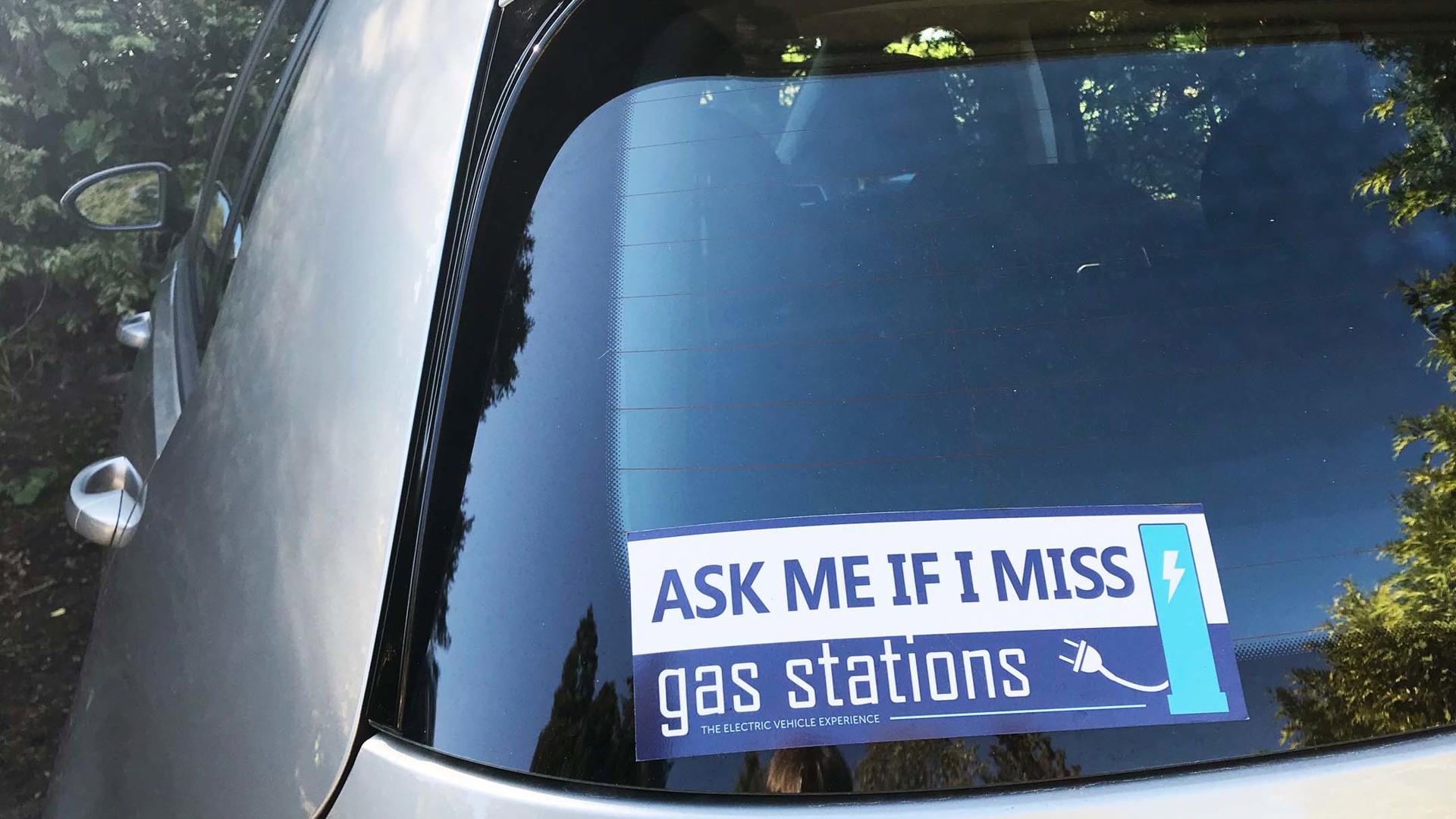
In the first six months, my e-Golf has cost me very little to run aside from a windshield replacement. A rock chip in the middle of the windshield was deemed serious enough by the Insurance Company of BC to replace the whole windshield. I paid a $300 deductible.
Electricity costs have been surprisingly low. As of October 15, 2018, I had driven just over 4,400 kilometres, with the e-Golf averaging 14.3 kWh of electricity per 100 km in mixed city and highway driving. BC Hydro’s residential electricity rates are 8.8 cents per kWh up to a certain threshold when it increases to 13.2 cents per kWh. As I’m over that threshold, I pay 13.2 cents/kWh to charge my e-Golf. (There is no rate reduction during off-peak hours, as there is in some other provinces.)
Consequently, after 4,400 km and half a year of driving, my e-Golf’s total electricity cost amounted to $83.05.
Compare that to the cost of gasoline in a comparable VW Golf 1.8T driven the same distance: with its combined fuel consumption rating of 8.5 L/100 km and with the price of regular gas in Vancouver averaging around $1.50/litre (including a Greater Vancouver Transit Tax of 18.5 cents/litre), the total gasoline bill would have been $561.00.
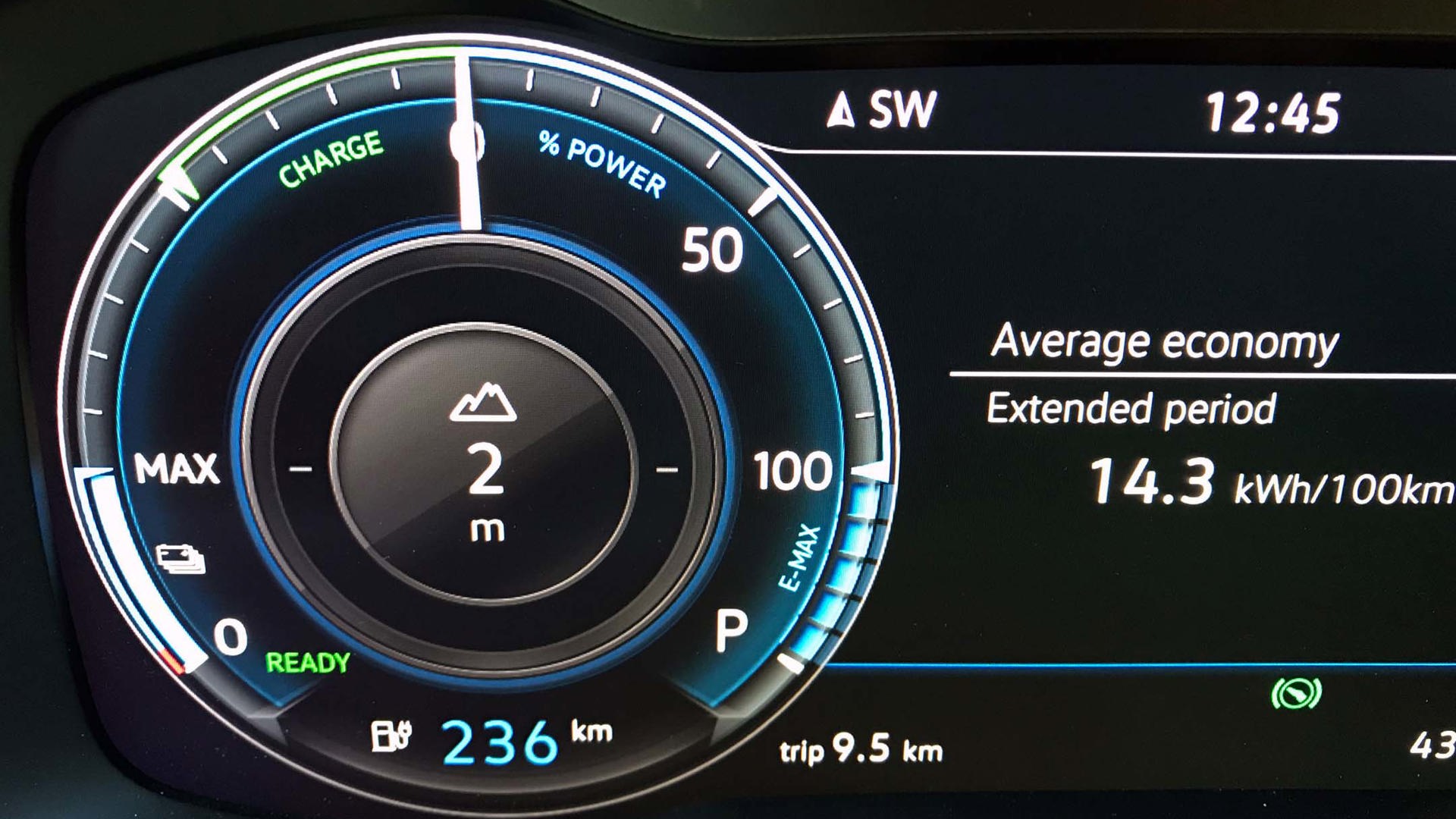
So basically, the e-Golf saved me about $478 in fuel costs over six months.
According to Statistics Canada, the average Canadian drives about 15,400 km per year. Assuming 13.2 cents/kWh, a typical VW e-Golf driver in BC would spend $291 per year in electricity – whereas a Golf 1.8T driver would spend $1,964 in gasoline. The e-Golf driver would save roughly $1,670 per year in fuel costs. That would make up the difference in the sale price between a Golf 1.8T and an e-Golf in about six years.
Of course, if an e-Golf owner had the opportunity to charge at the office or a free public charging station each day, their electricity costs could be zero!
Charging Experience
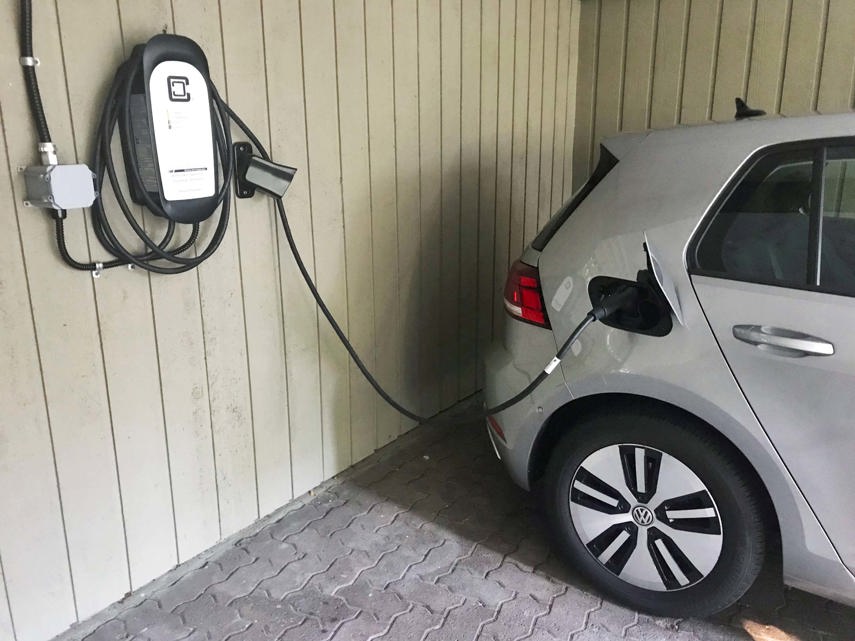
Generally, I plug in my car each evening and unplug it in the morning. It’s not as work-intensive as it sounds, and I’ve only forgotten to do it once. The charging connector fits conveniently in a wall holster in my carport and includes a 25-foot cable. I just unhook it from the holster and plug it into the e-Golf’s charging port behind the rear filler cap. The male connector inserts easily into the car’s J1772 female connection and begins charging automatically. Unlike a gas station, you don’t have to stand there while it “fills up”. You just leave it plugged in and go about the rest of your day.
Though it would take around five hours to fully charge the lithium-ion battery from near empty, my daily driving distances aren’t long enough to fully drain the battery. Normally, I can fully recharge the battery in an hour or two.
I did have one issue with my wall charger. Occasionally, it would stop charging due to a fault in the unit itself. The manufacturer, Clipper Creek, replaced the entire unit for free with no hassles.
Real-world Range
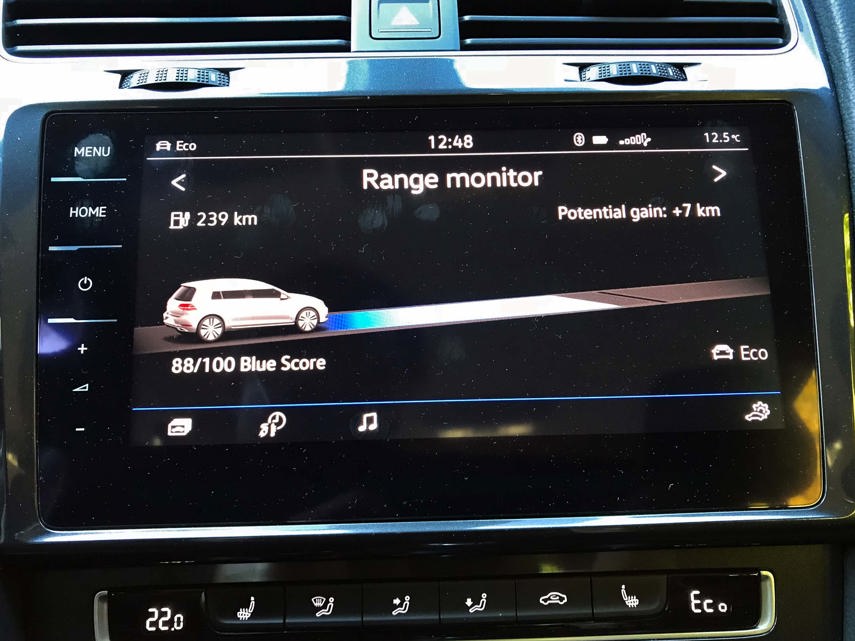
I don’t normally drive my e-Golf until “the tank is empty”, but for the purposes of this article, I drove my e-Golf as far as it would go in a single day after giving it a full charge on my 240-volt 32-amp home charger. The 2018 e-Golf’s owner’s manual recommends not charging the battery to a full 100 percent, so I set it to charge at 90 percent by using the Vehicle Settings accessible in the centre touchscreen. At the start of my trip, the estimated driving range displayed in the power gauge was 229 km in Eco mode.
The e-Golf driver can choose Normal, Eco, or Eco+ driving modes, which progressively reduce power and shut off the air conditioning to save energy while driving. I normally drive in Eco mode because it still allows the A/C to work while providing reduced but sufficient power for everyday driving.
Bad weather and cold temperatures can affect the range of an electric car, but on that particular day, the weather was dry and sunny with a temperature between 11 and 15 degrees C. I set the driving mode to Eco and headed east on the freeway towards the Fraser Valley while maintaining an average speed of about 100 km/h. When I reached a distance of 100 km, I turned around and headed back home so that I could finish up at the same place and elevation where I started.
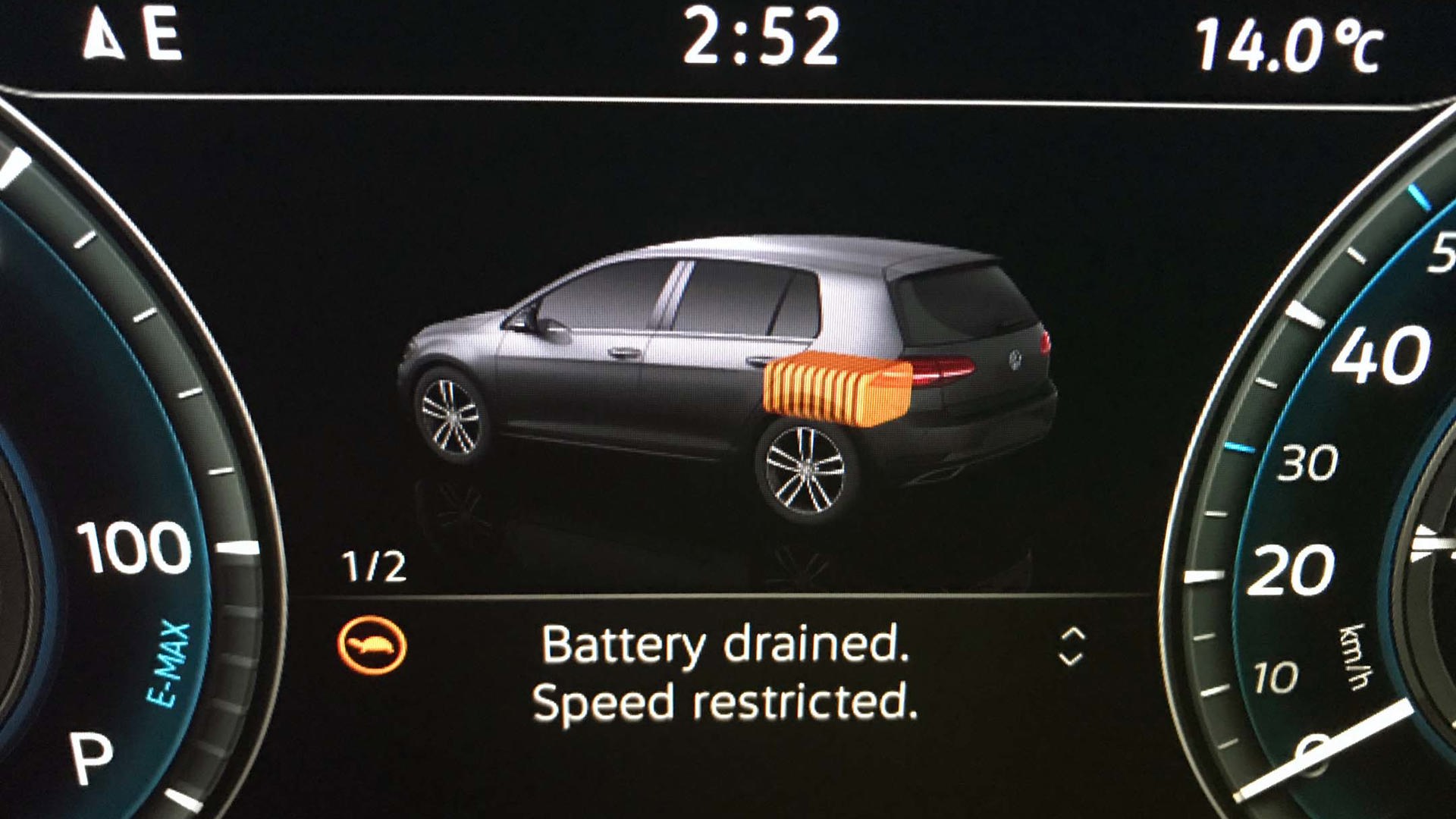
As the e-Golf uses regenerative braking and manually operated recuperative charging to charge the battery when going downhill, the estimated range of the e-Golf as displayed in the power gauge can actually increase as you proceed downhill to your destination. As the first half of my journey involved a gradual descent from 130 metres to about 10 metres, I knew that the estimated remaining range of 136 km for the return journey was overly optimistic. Based on the original estimate of 229 km, I figured I had another 129 km of range left, at the most.
When the range estimate displayed 25 km and 15 km, a “battery warning” and “battery drained” warning flashed in the instrument display. Power output was automatically reduced by 75 percent to preserve the remaining battery power. At that point, it was like driving with 30 horsepower and accelerating up hills was slow and laborious.
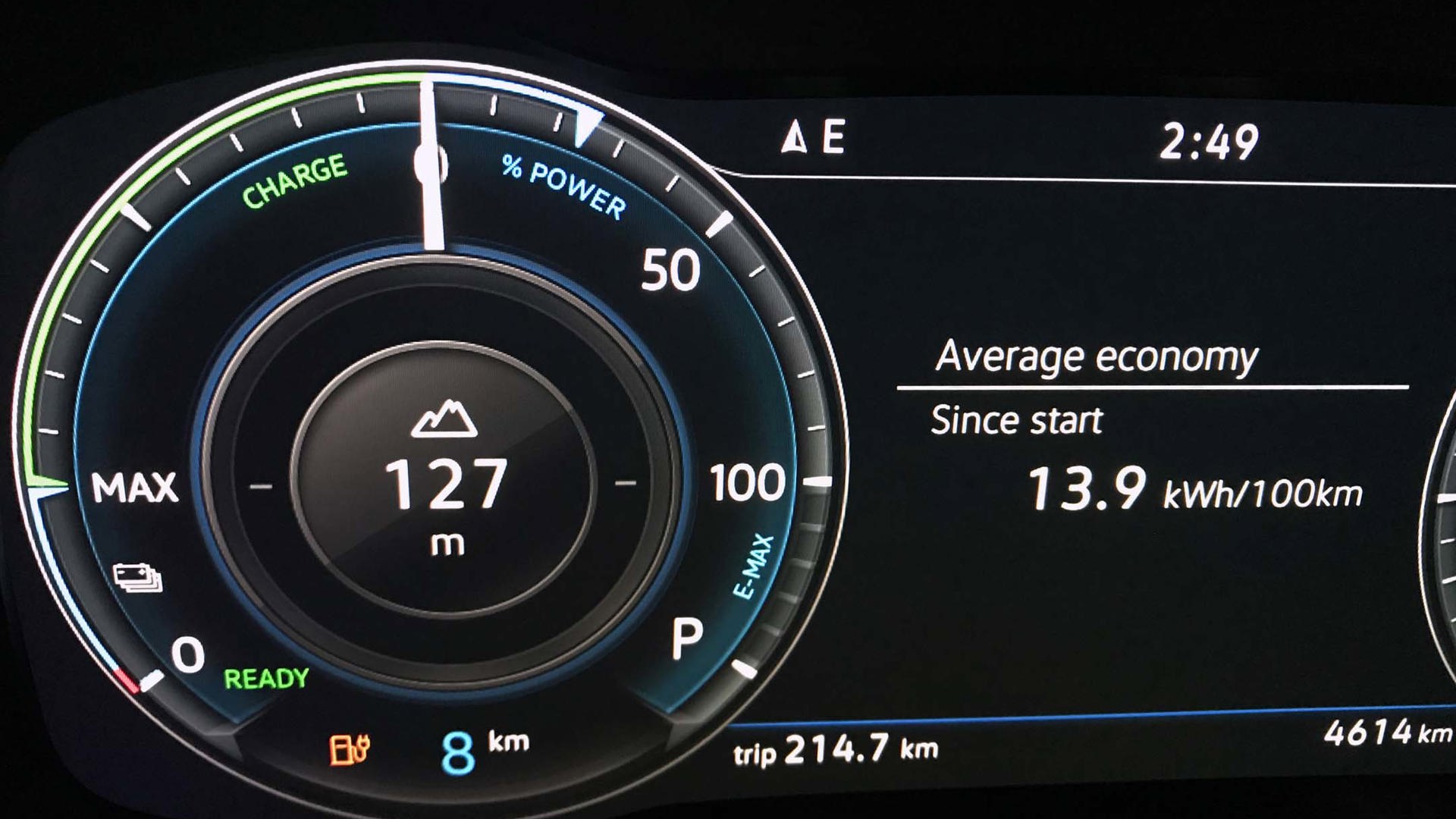
I kept going until the trip odometer read 214 km with an extra eight km of estimated range. At that point, I decided to pull into my carport and plug in the charger.
I concluded that the e-Golf could easily travel over 200 km on the freeway after a 90 percent charge. On this trip, I averaged just 13.9 kWh/100 km, less than my current city/highway average of 14.3 kWh/100 km.
With winter approaching, it will be interesting to see how the colder temperatures affect the lithium-ion battery’s ability to hold a charge and how the extra power drain of the heater, defroster, wipers, lights contributes to energy loss and driving range.
Driving Impressions
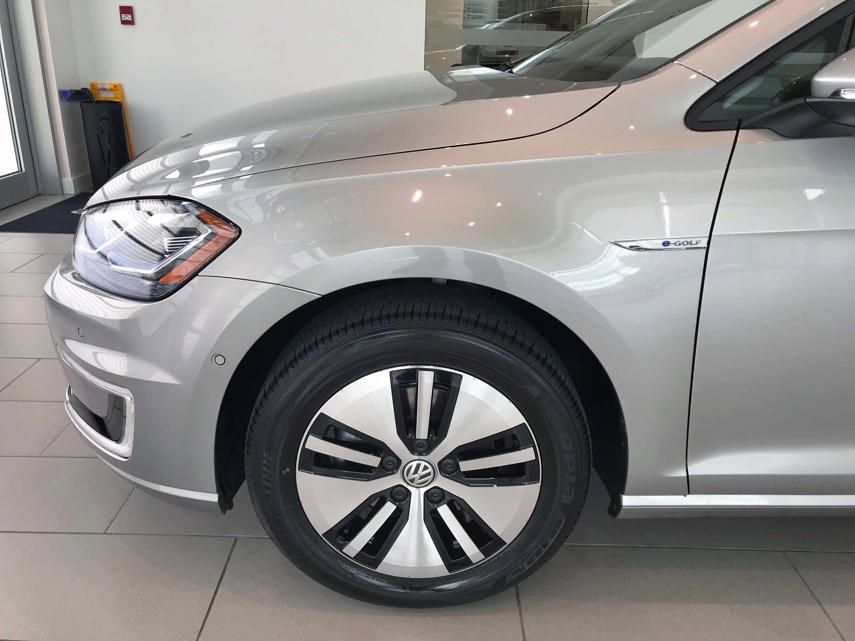
The VW e-Golf isn’t particularly exciting to drive. By that I mean, the e-Golf is so quiet, smooth, powerful, and easy to drive, it’s probably the most “stress-free” car I’ve ever driven. At city speeds, the steering is effortless and its tight turning circle enables quick U-turns; acceleration is brisk in the 0–50 km/h range making for quick starts and confident lane changes; freeway cruising is quiet and comfortable. Zero to 100 km/h takes 9.6 seconds, according to VW, but it feels faster than that. The body is solid and squeak-free, the ride is comfortable, the brakes are powerful, and outward visibility is excellent.
The e-Golf will automatically recharge the main battery when coasting or braking downhill, but the driver can also manually operate any of the four “recuperative” braking modes, which simultaneously brake and charge the main battery. By tapping the shift lever to the left for the first three modes, or pulling back into B mode for the strongest braking and charging, it’s possible to add kilometres to the car’s estimated range and save wear on the brake pads at the same time. As I’ve always preferred a car with a manual transmission, it also gives me something to do with my right hand even though it’s an automatic transmission!
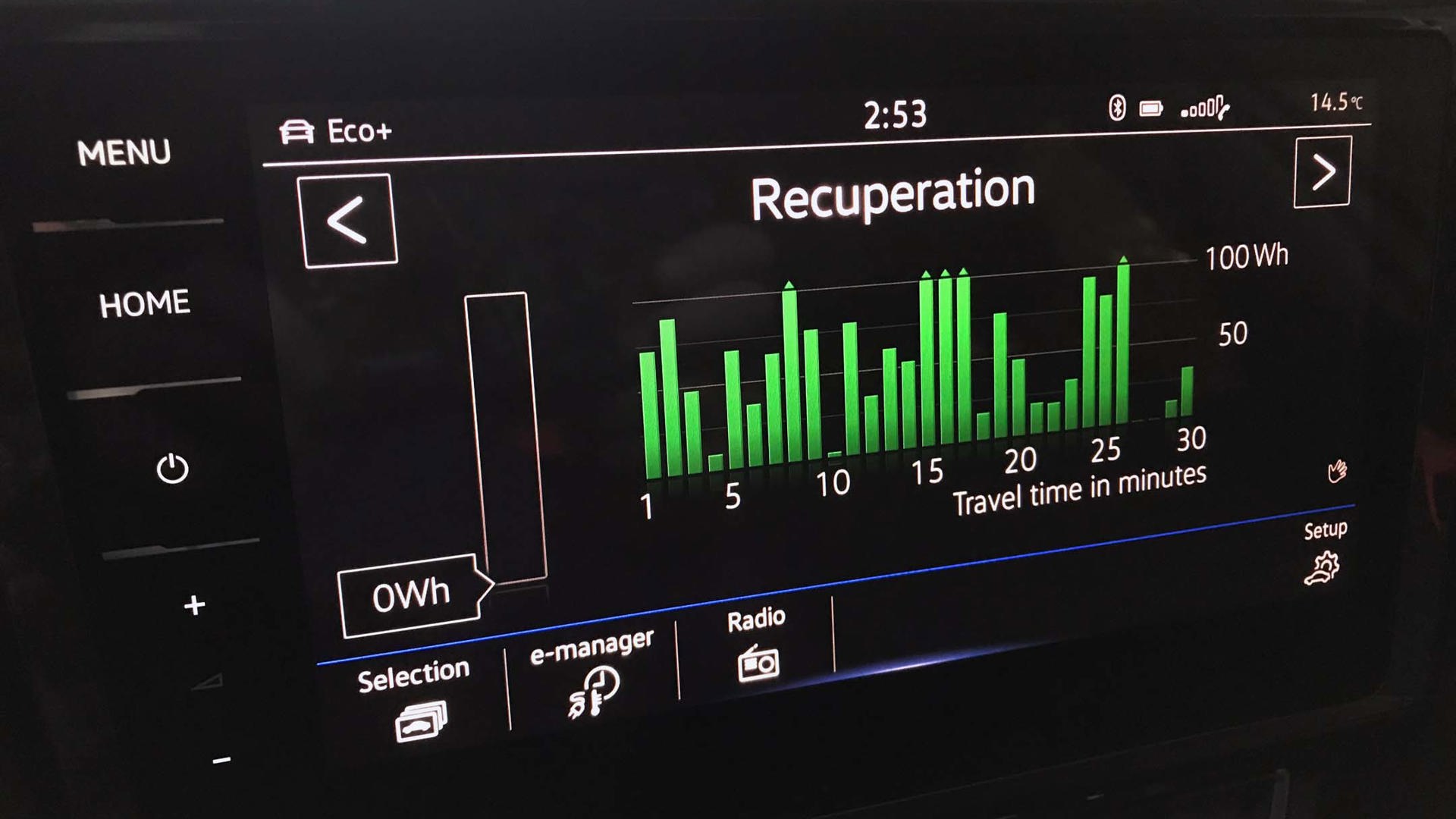
When reversing, a rear camera hidden behind the VW logo pops to provide a wide-angle view of the area behind the car. I find this invaluable when backing into a tight parking space. As well, my car has the optional automatic parking feature for parallel parking. By pressing a button near the shift lever as you approach a parking space, pictorial instructions in the digital display direct you to stop and put the gear in Reverse. The car then steers itself into the parking space behind you. It works for parking spaces on the right or left side of the road.
The optional blind spot warning and rear cross-traffic warning add an extra measure of safety, but I’m not comfortable with the Lane Assist which automatically steers the car back into the lane if it detects wandering. Sometimes I like to wander! The automatic emergency braking is also handy if someone brakes suddenly in front of you.
The e-Golf’s interior quality is top notch, even with the standard cloth seats. The front seats are very comfortable and include adjustable lumber for both front seats. The optional Digital Cockpit colour display offers plenty of information about driving range, real-time power output, real-time regeneration, navigation, audio, telephone, and vehicle features selectable by using the buttons on the steering wheel.
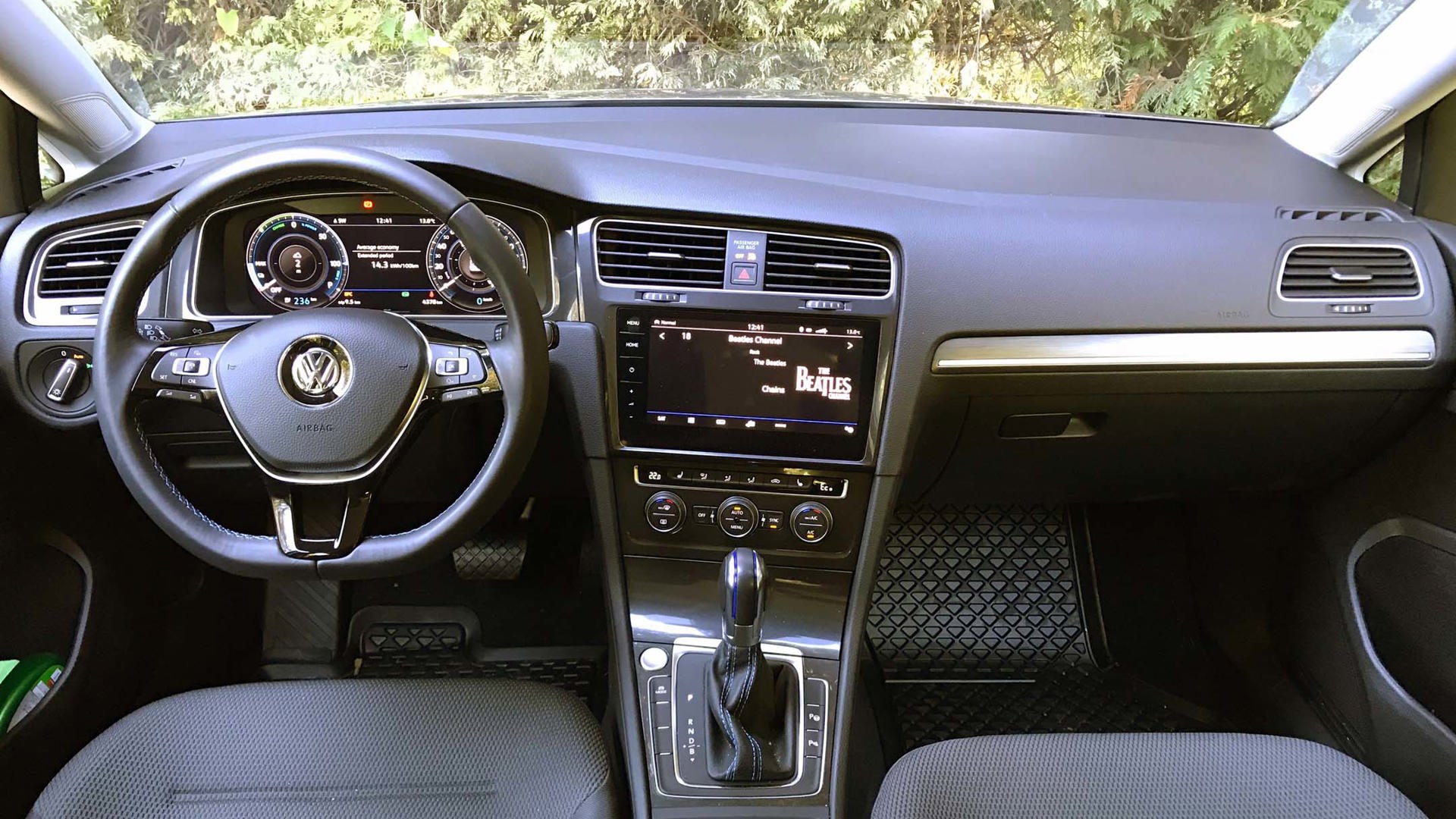
The e-Golf’s navigation system can display the maximum one-way and return driving range on a map, but as it’s based on the computer’s range estimator, it’s not entirely accurate. However, the map does show the locations of charging stations within the maximum estimated driving range of the e-Golf.
Unfortunately, in Canada VW doesn’t offer a phone app to allow remote monitoring of the e-Golf’s charging status or the ability to turn on the climate control remotely. It’s available in the US but apparently technical difficulties make it impossible in Canada. This is a feature some other companies offer in their EVs, and it would be very handy in the e-Golf.
The e-Golf’s rear seats are firm but comfortable with plenty of headroom and adequate legroom if the front seats aren’t pushed back. The rear seatbacks split 60/40 for carrying extra luggage and there is a separate centre pass-thru for skis and the like.
Conclusion

In the past six months, my experience with the e-Golf has been positive, in part because my typical driving distances are well within the e-Golf’s range, and because I have a Level 2 charging station at home. Compared to other electric cars in the under-$40,000 price range, I like the e-Golf because of the way it looks and drives and its practical hatchback design. And though I know it won’t make a huge difference to air pollution levels, I do feel good about not pumping out CO2 and NOx into the atmosphere.
Still, I’m disappointed that few people recognize the e-Golf. It’s like a stealth electric car. Apart from the unique C-shaped front LED lighting and the polished 16-inch “Astana” alloy wheels, there’s little to distinguish an e-Golf from a regular Golf.
Adding to its anonymity is the fact that VW doesn’t do much to promote the e-Golf in North America, and relatively few are available for sale in Canada and the US. Volkswagen likes to talk about their future plans to sell millions and millions of new electric cars, but they can’t seem to produce very many e-Golfs. I really hope Volkswagen can get their act together and walk the walk with their future electric car plans.
